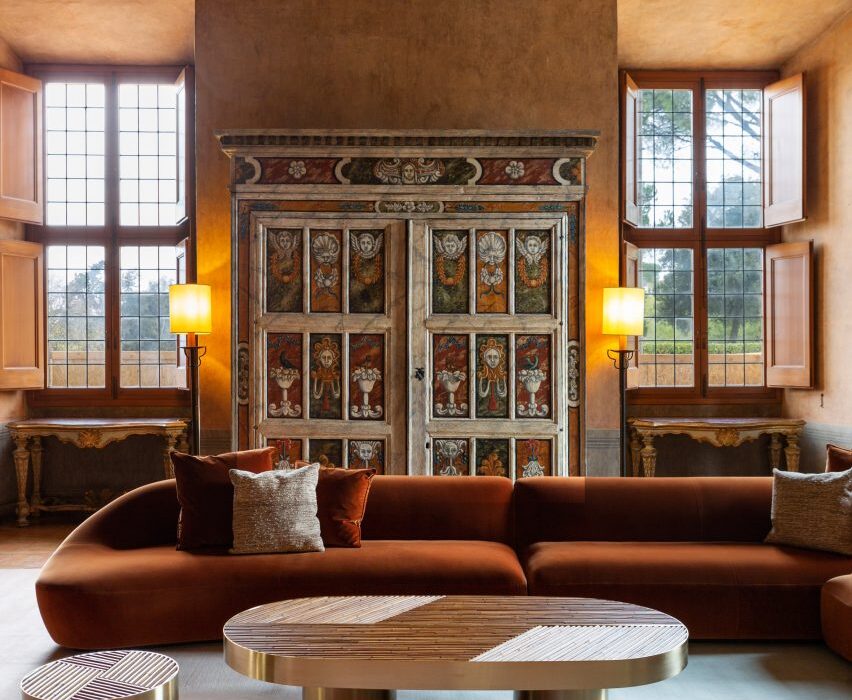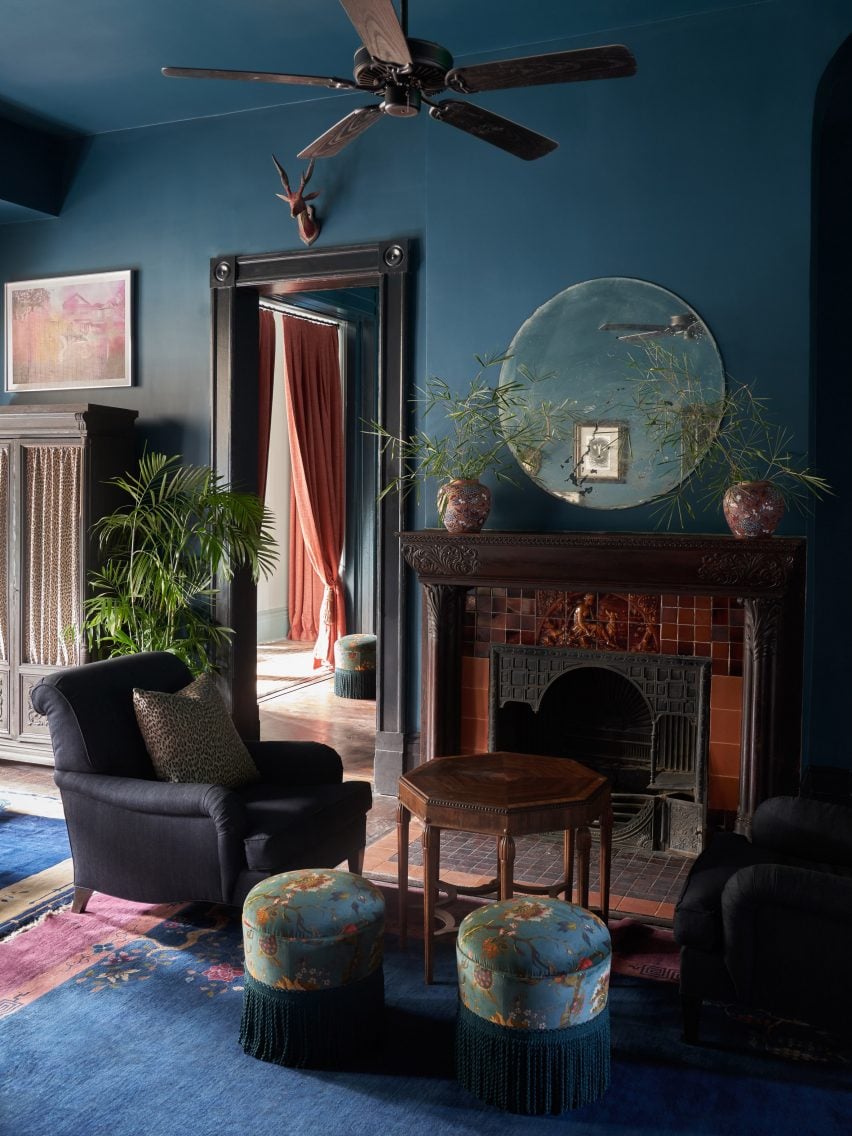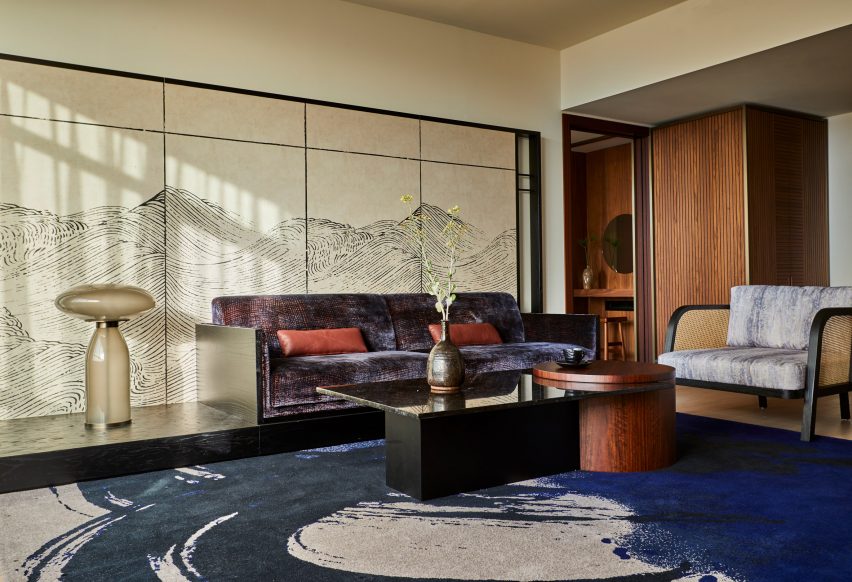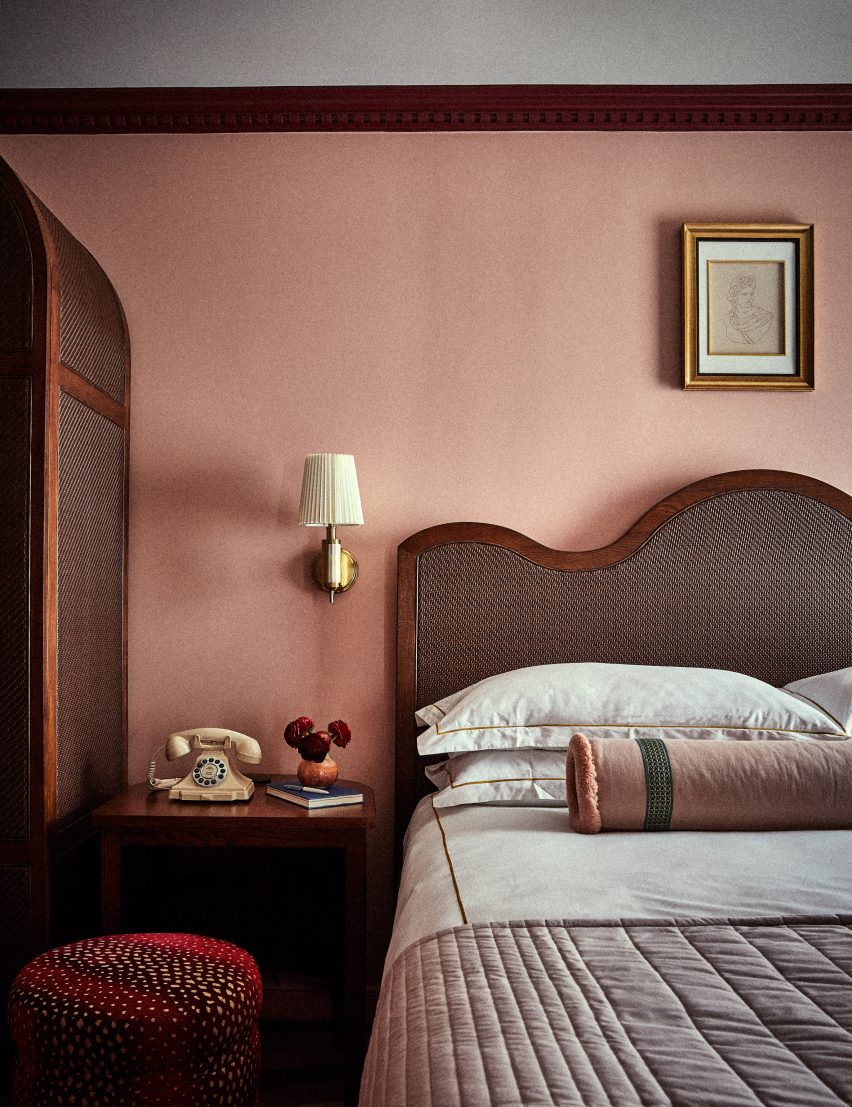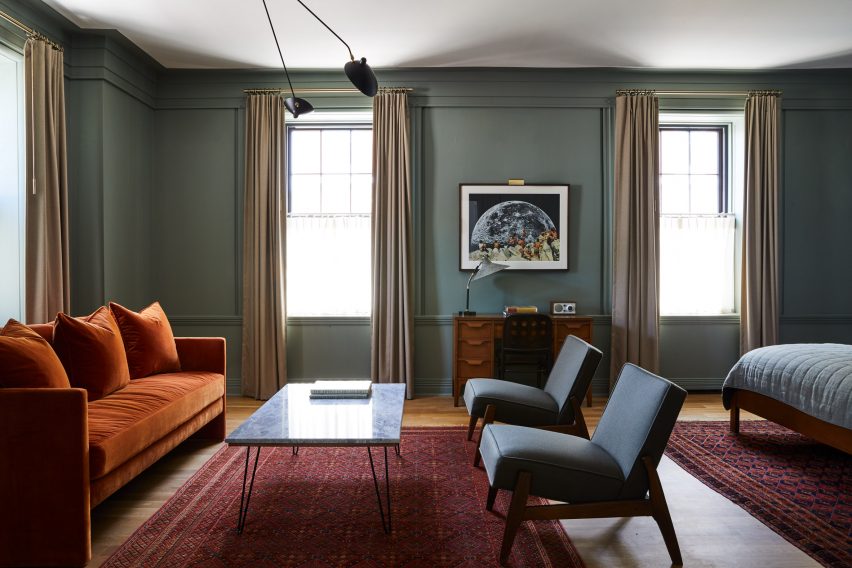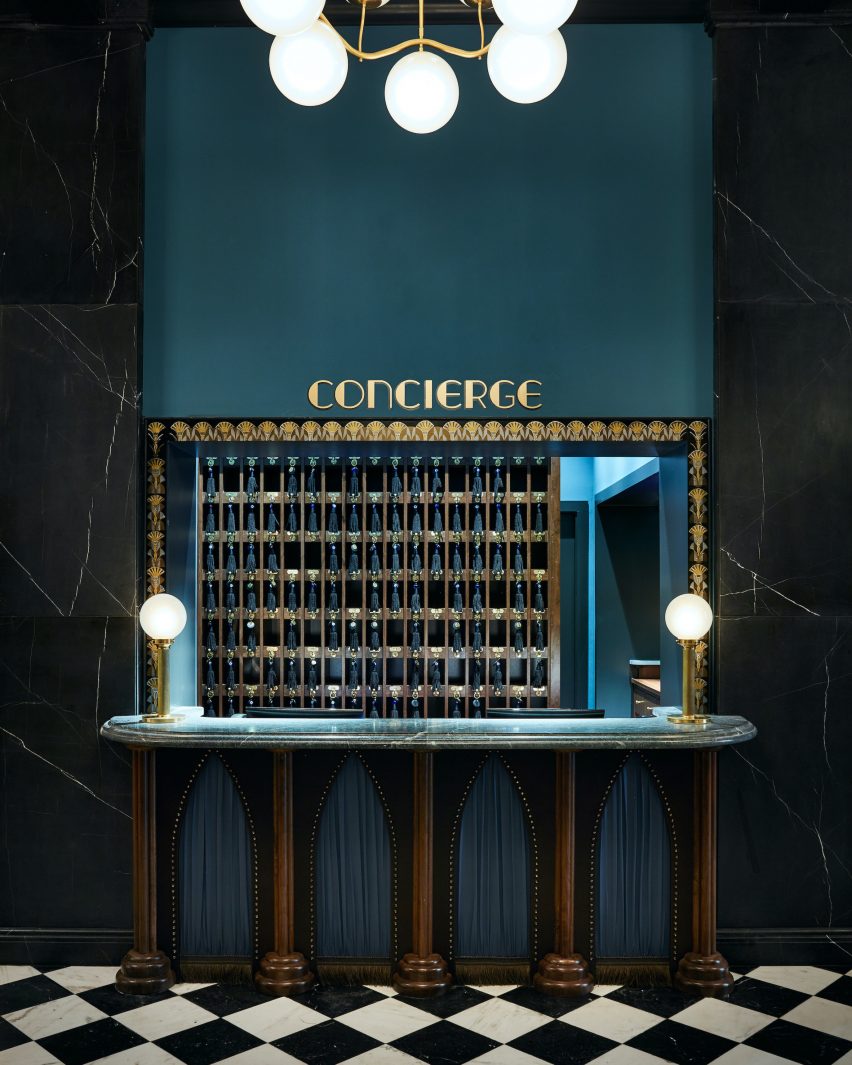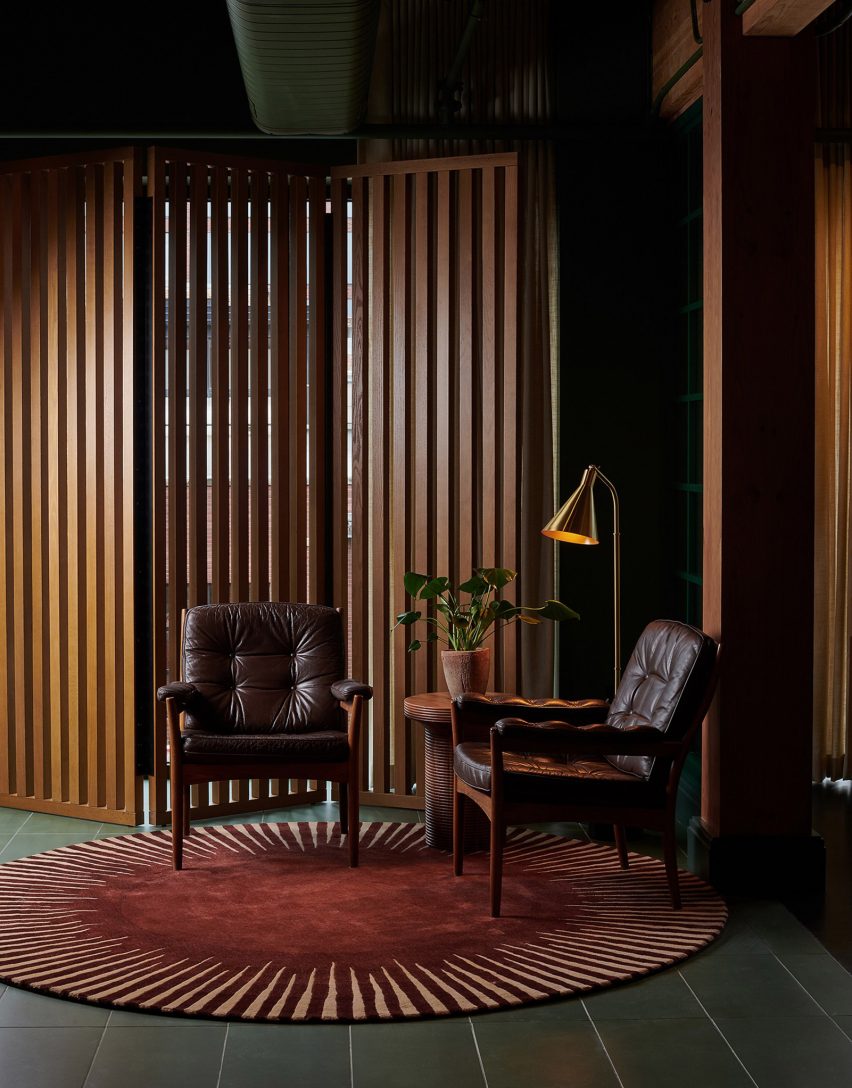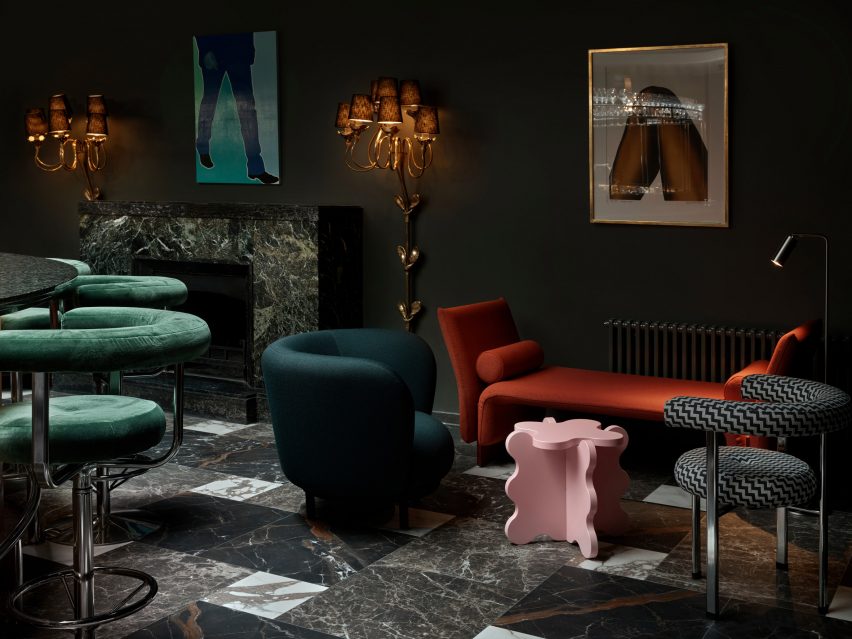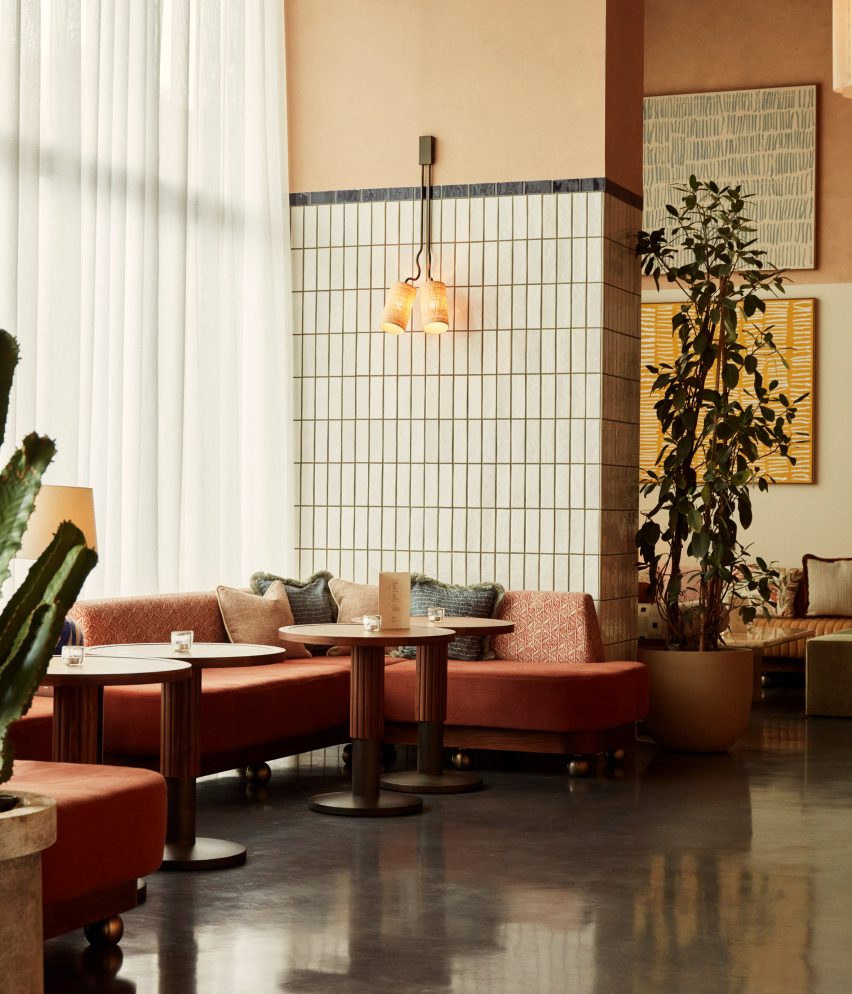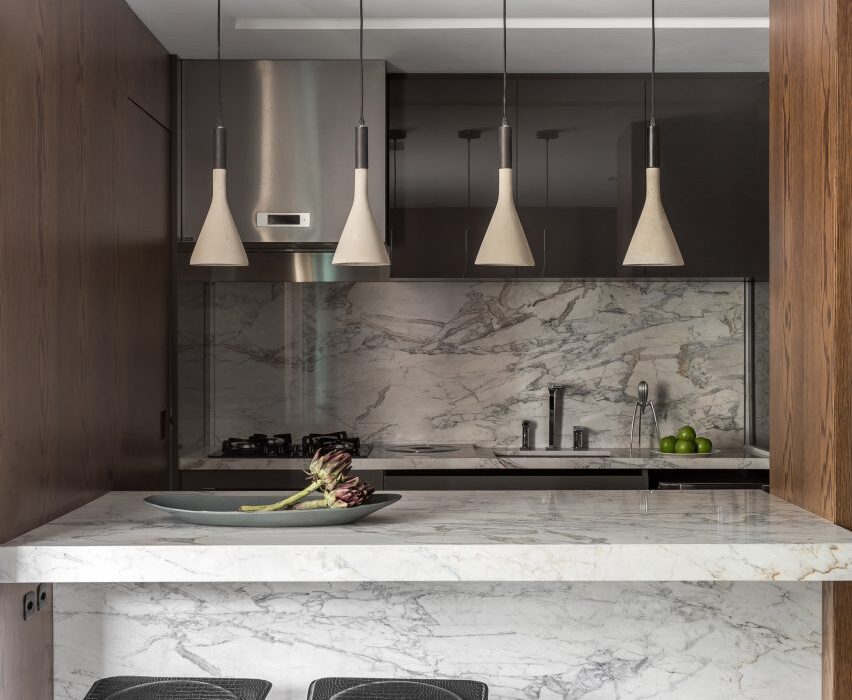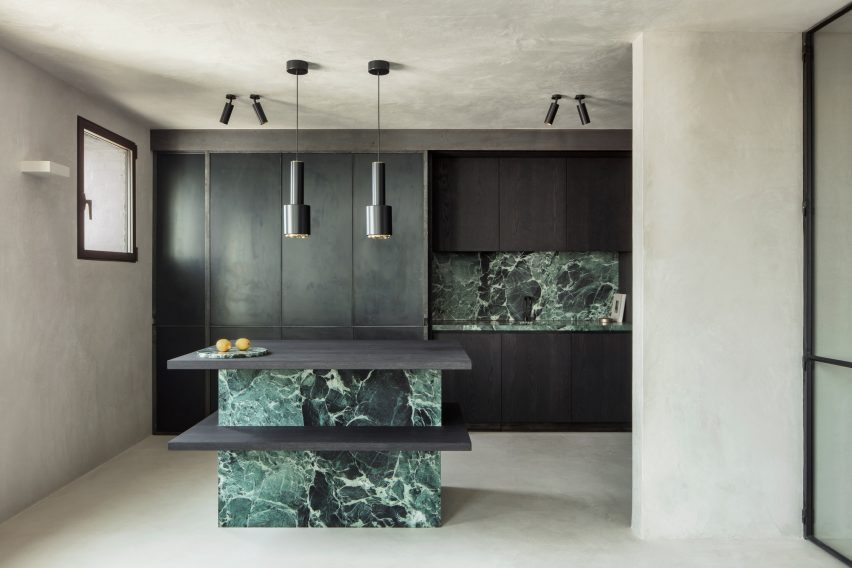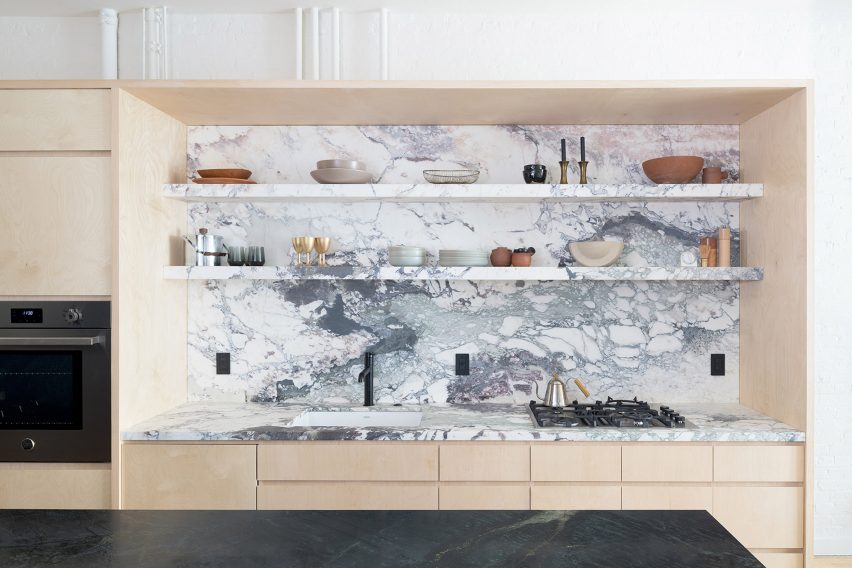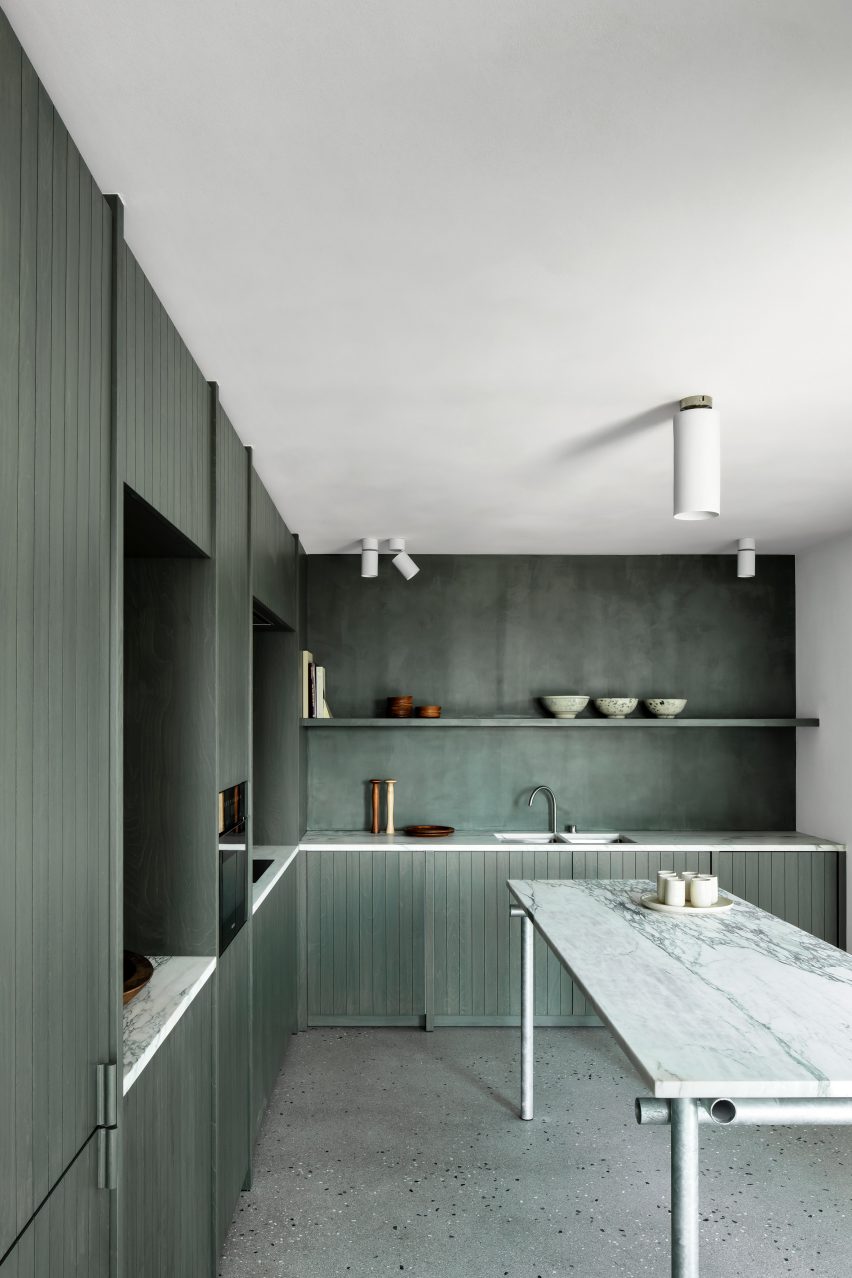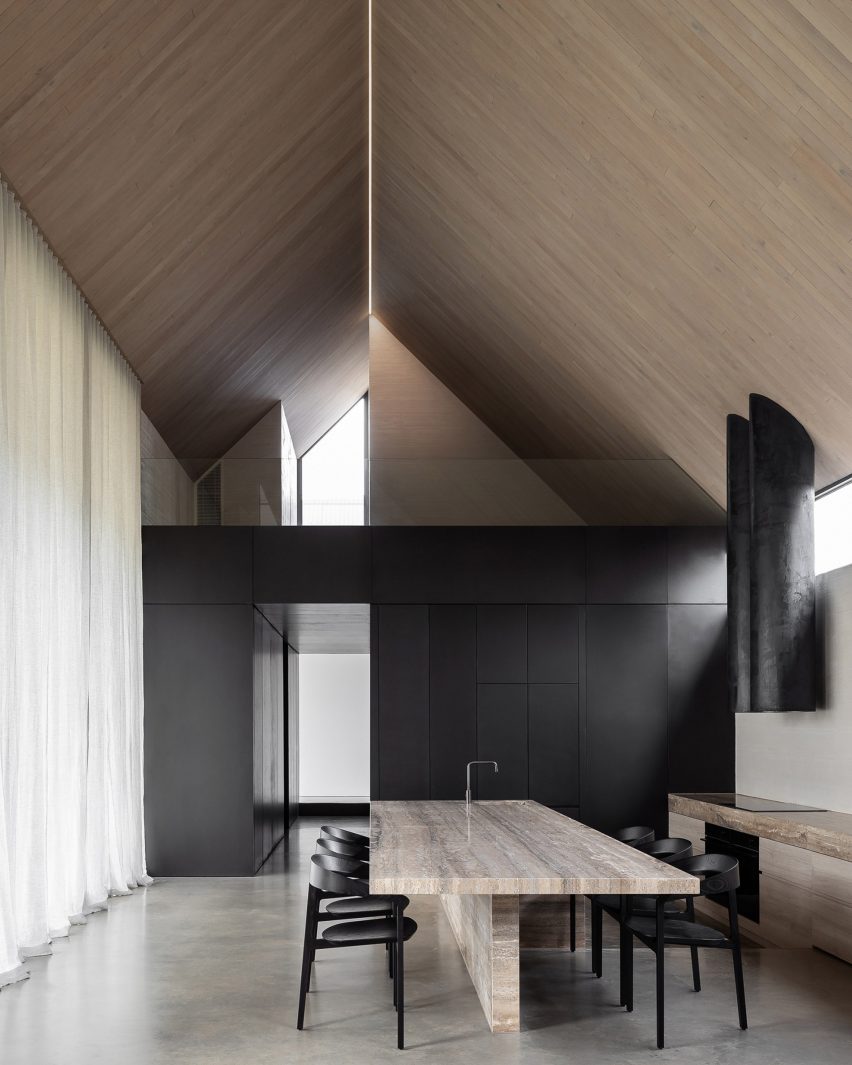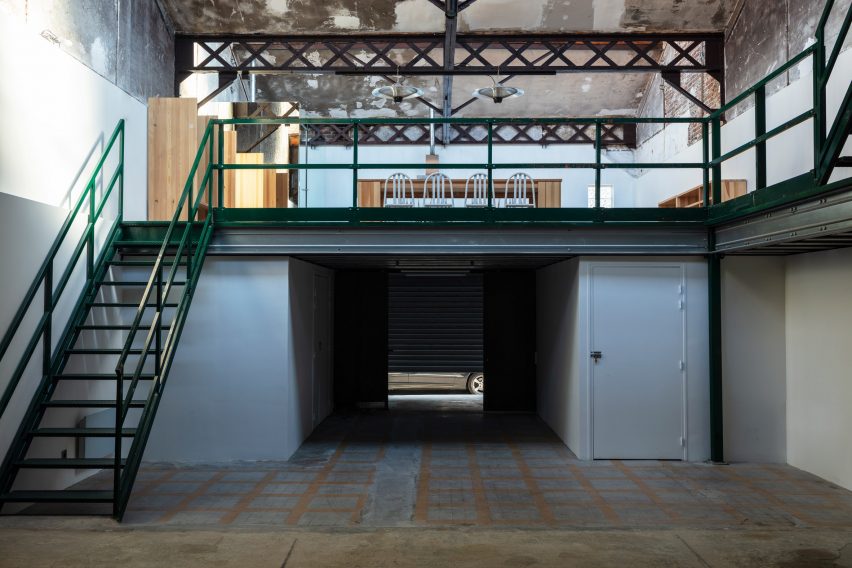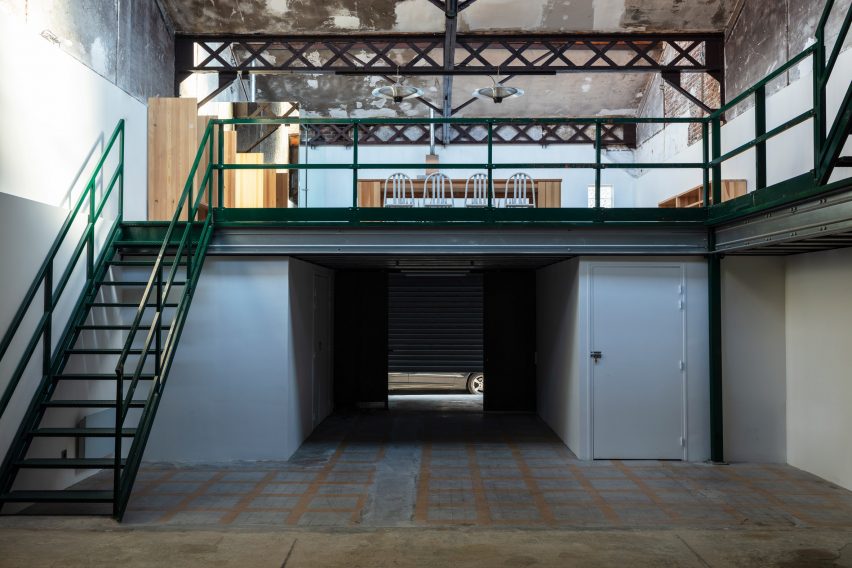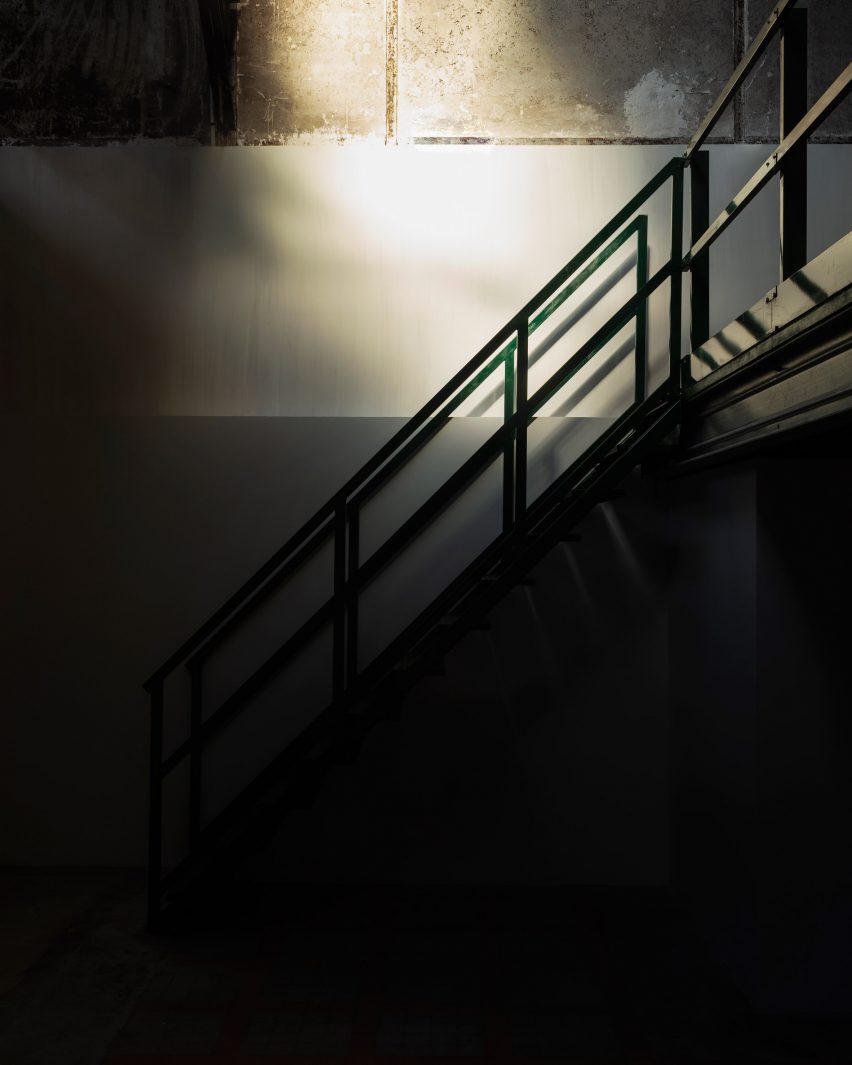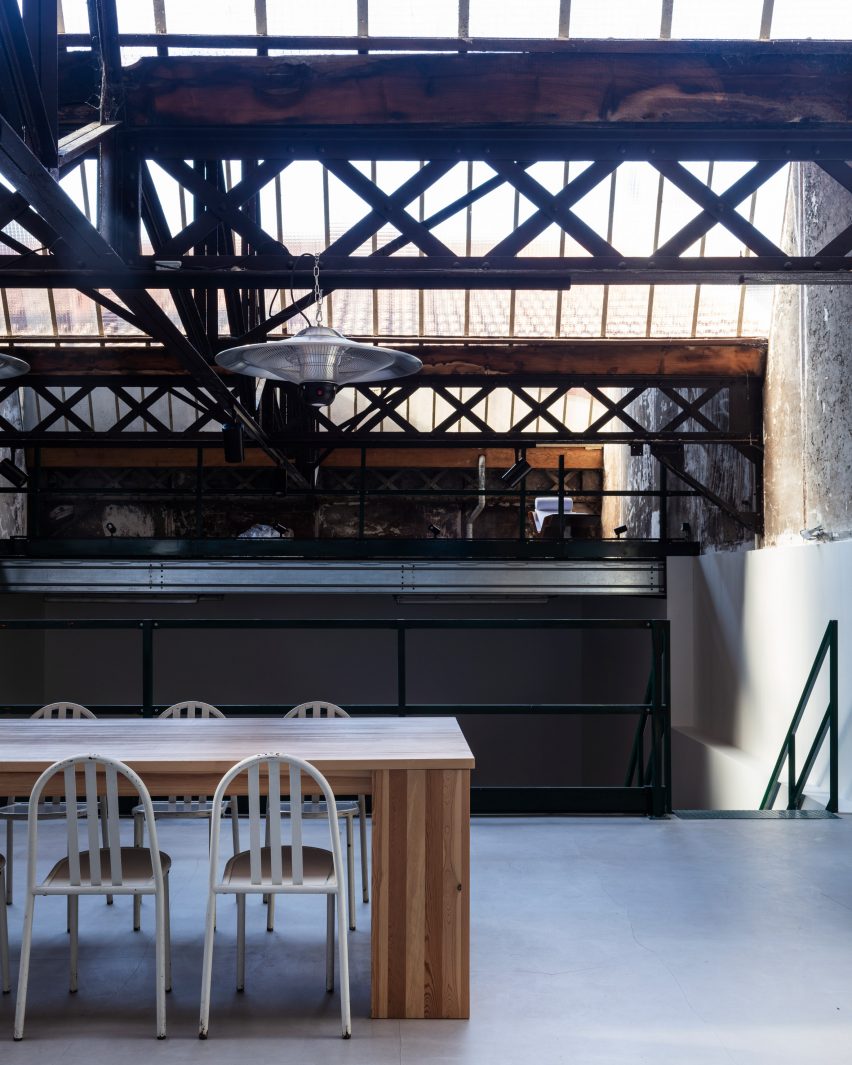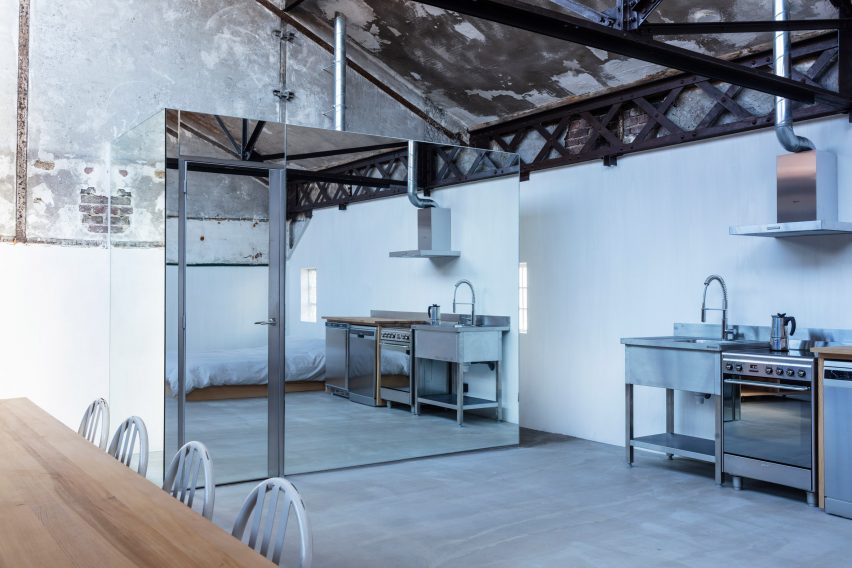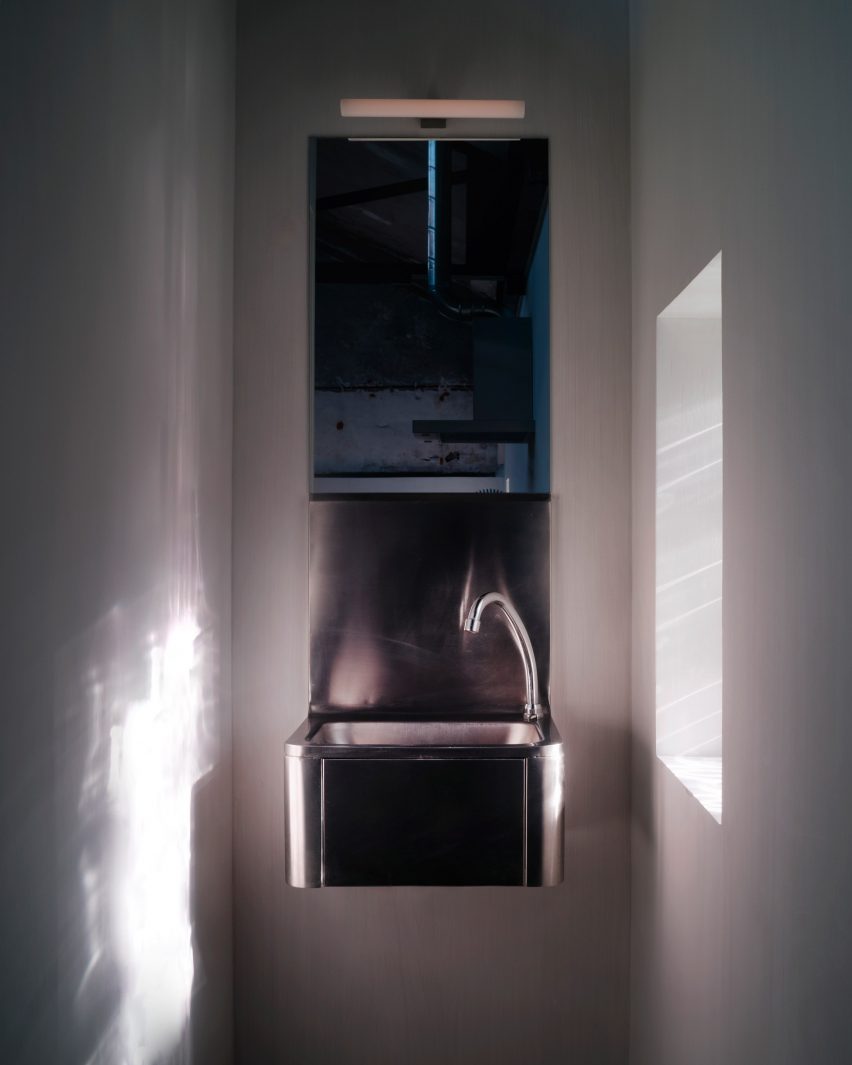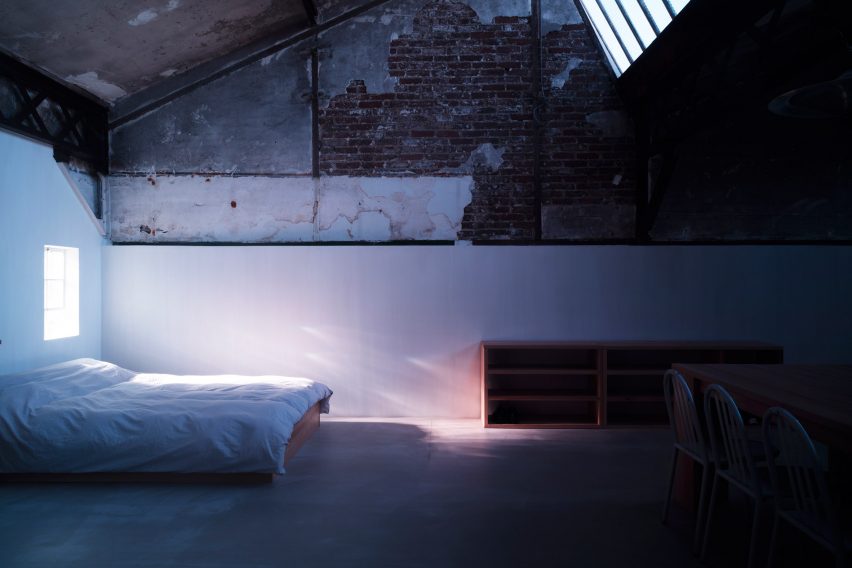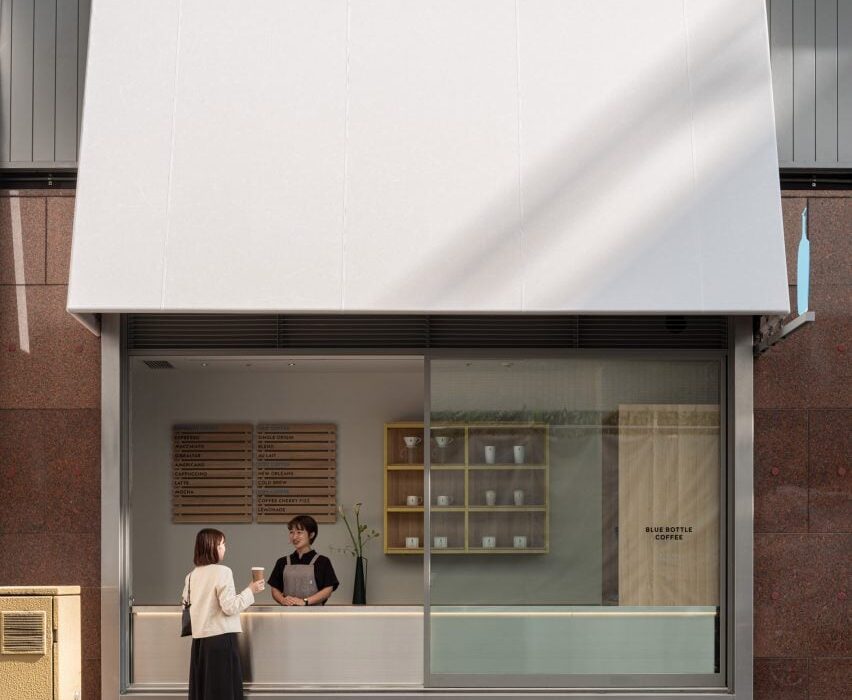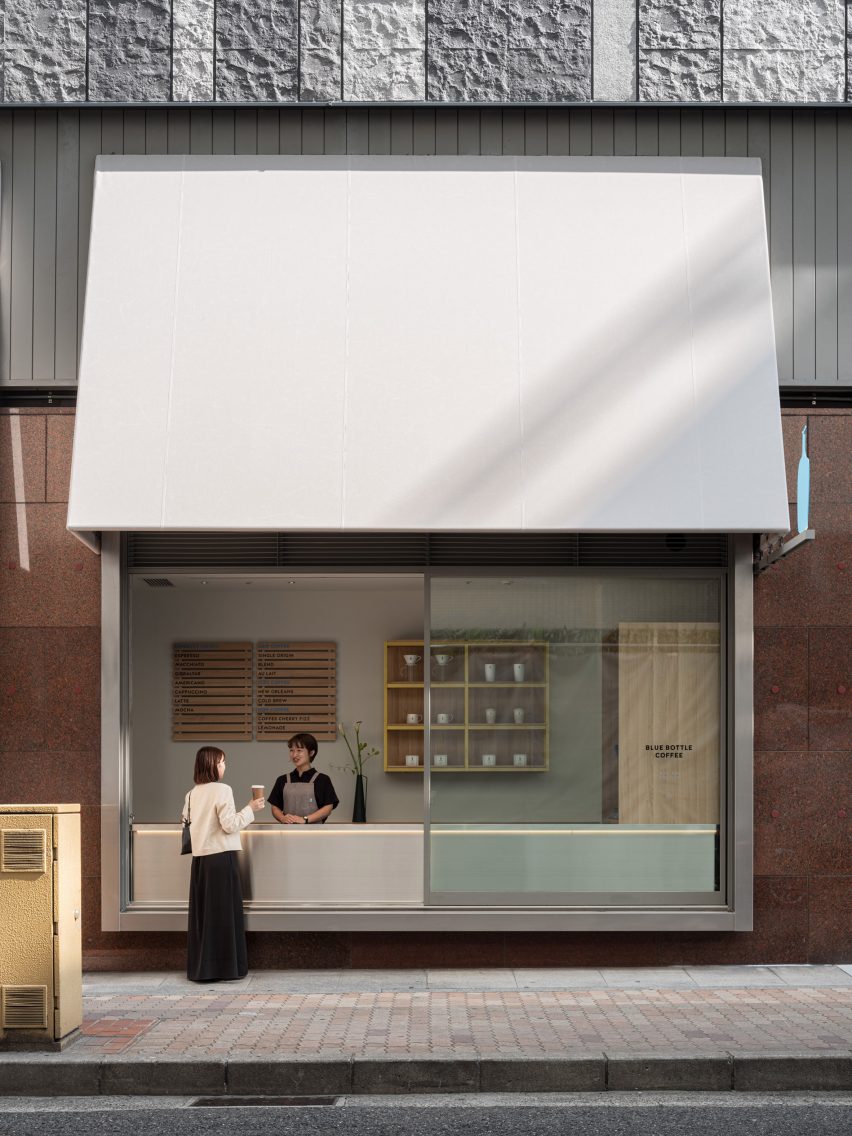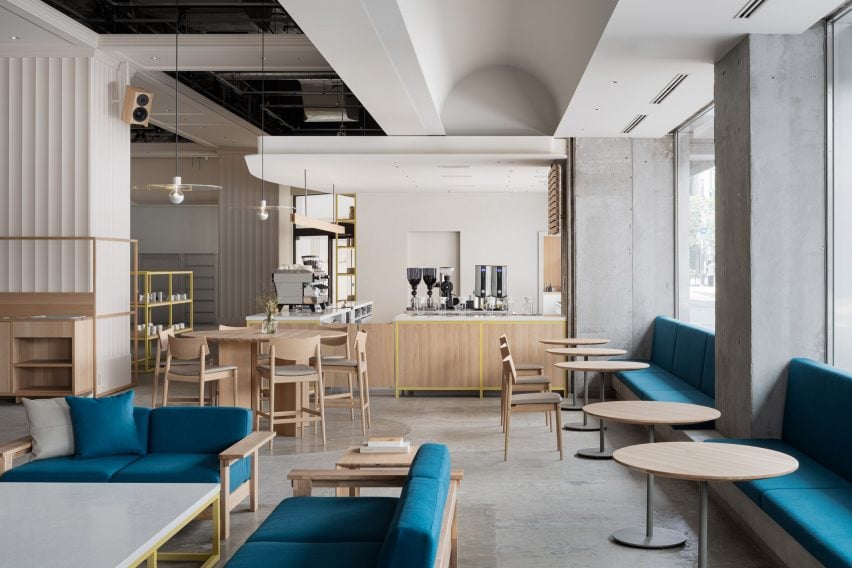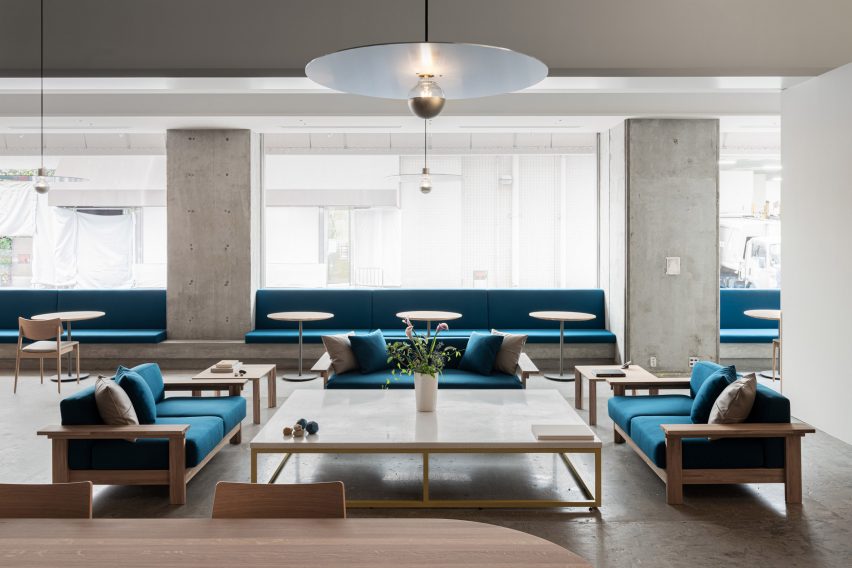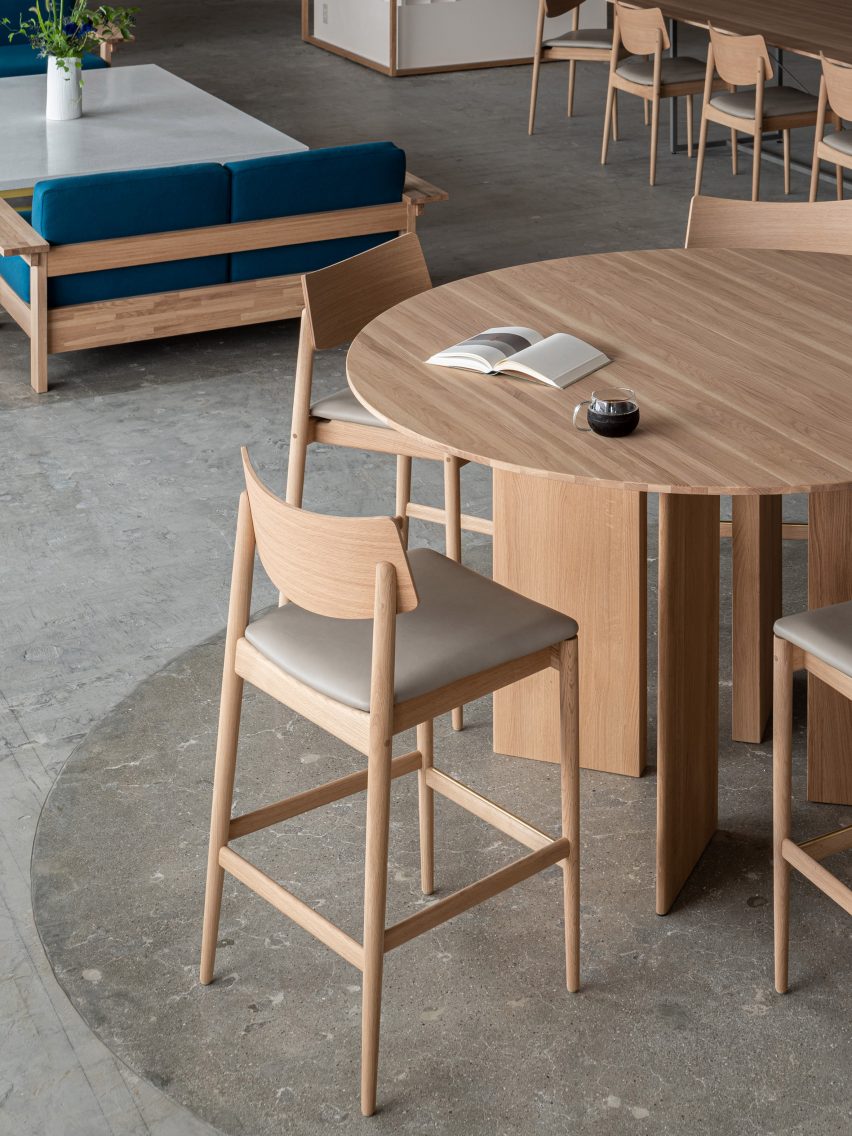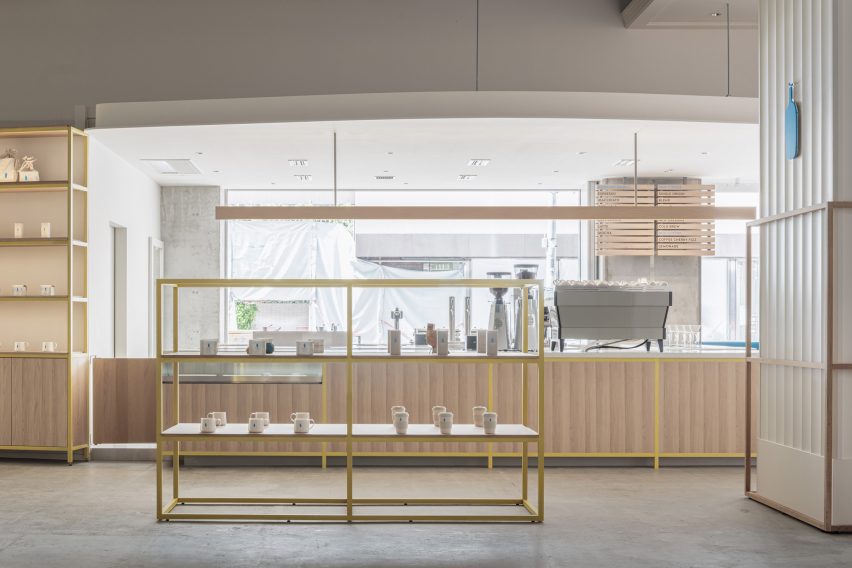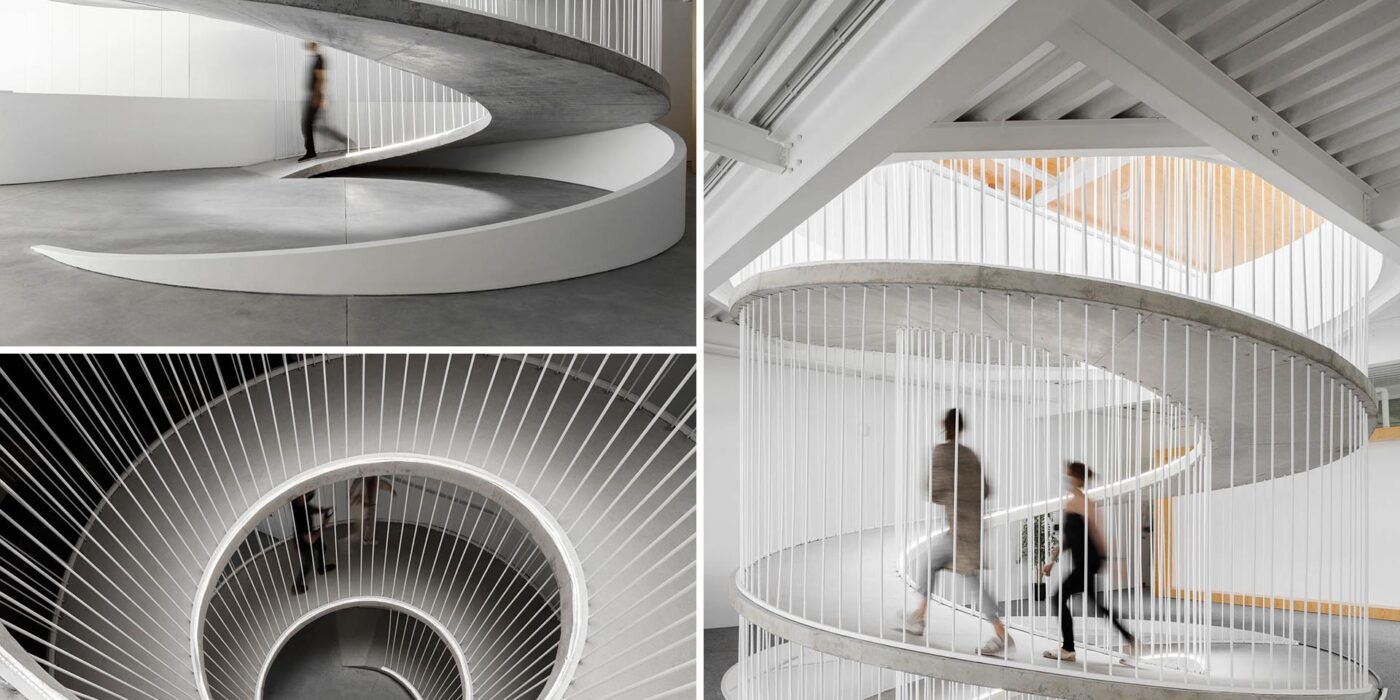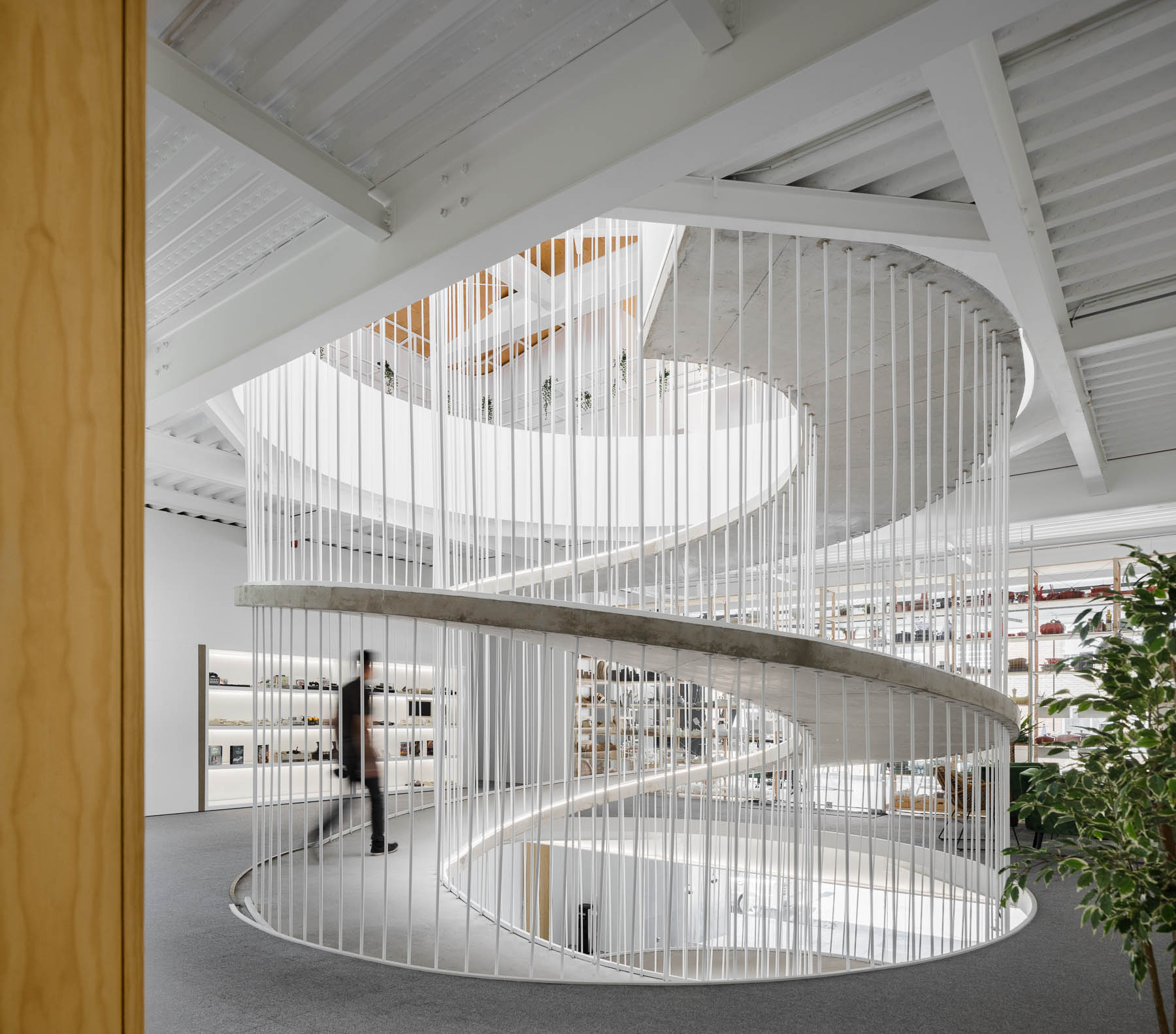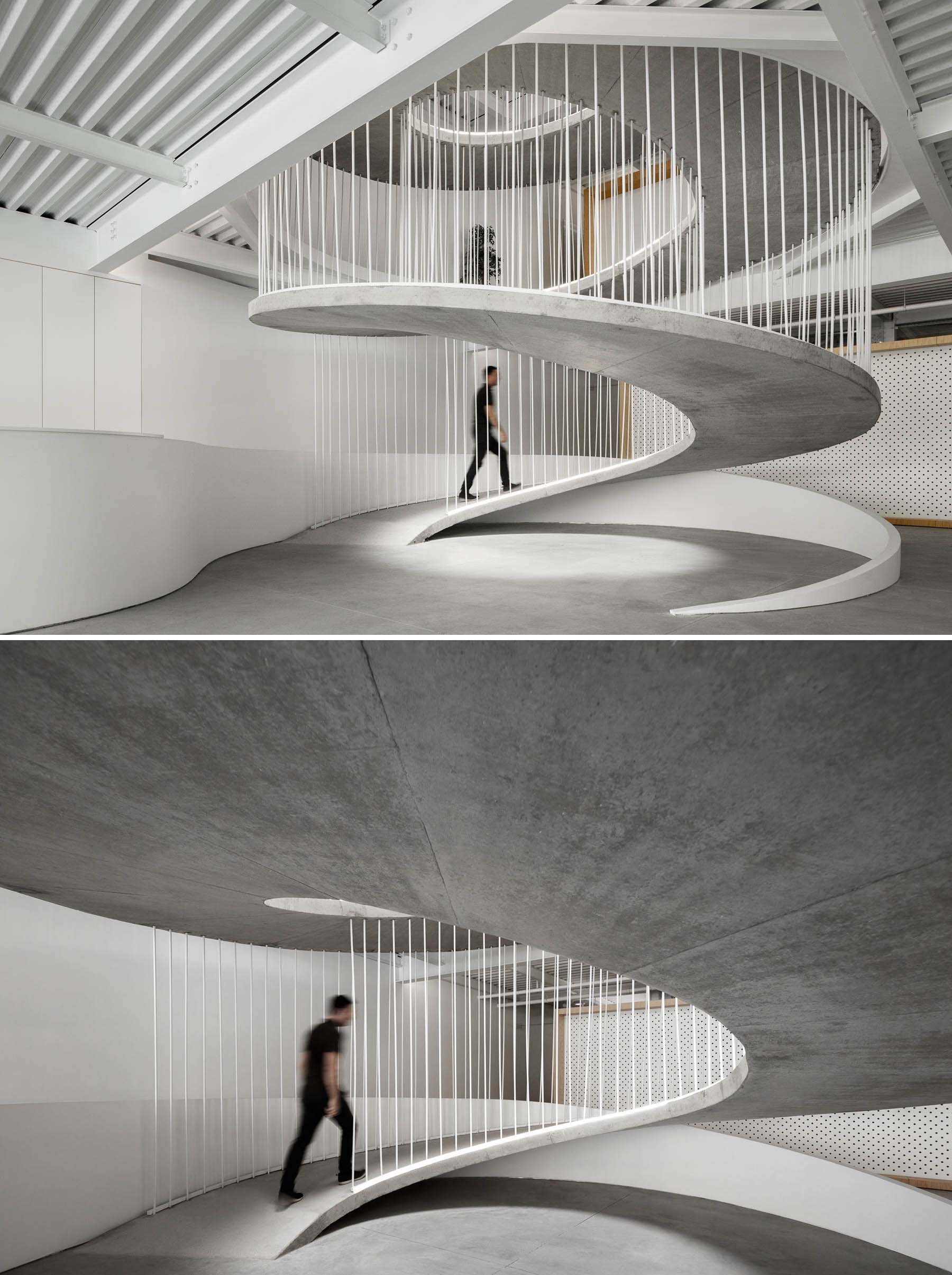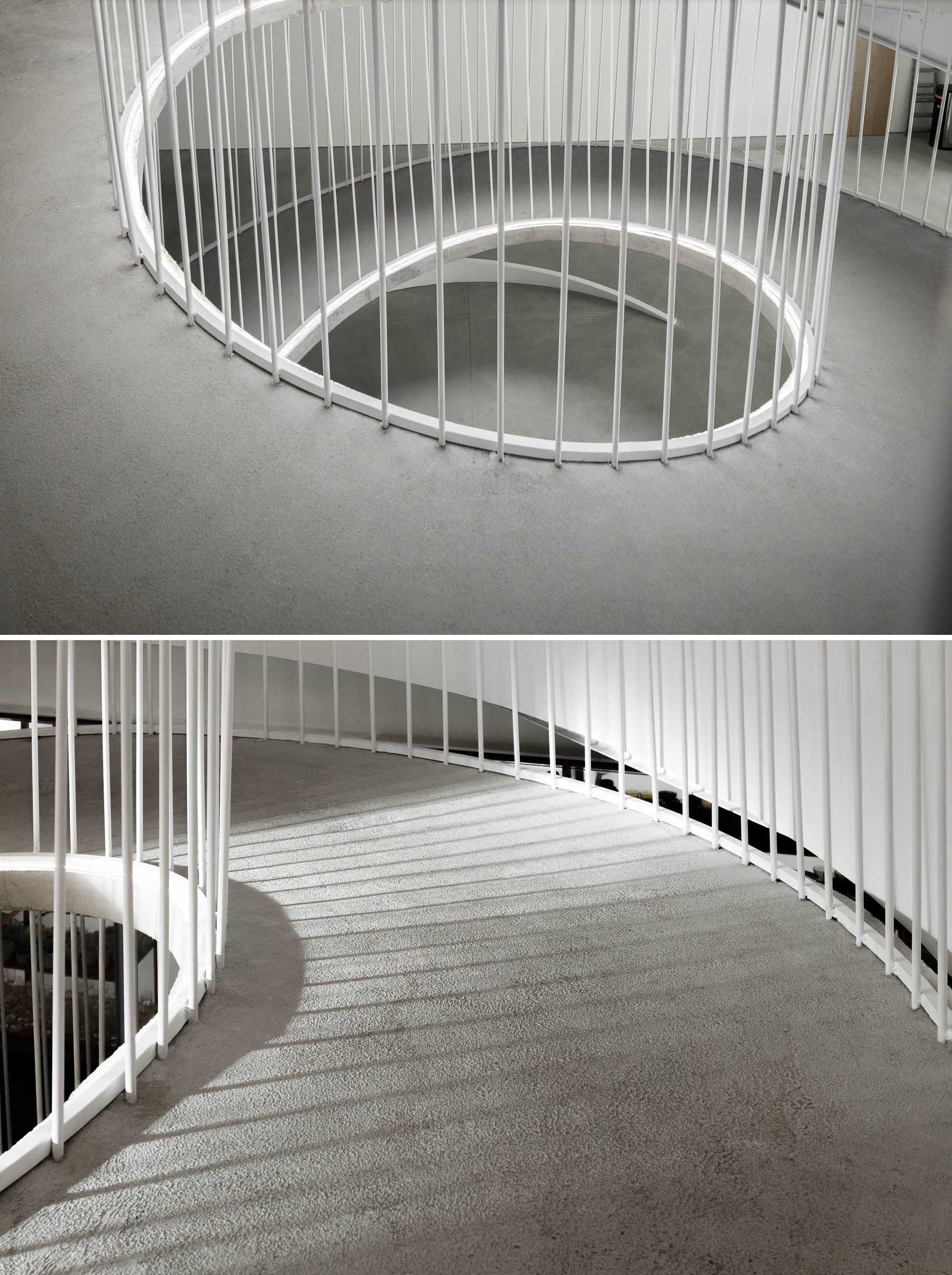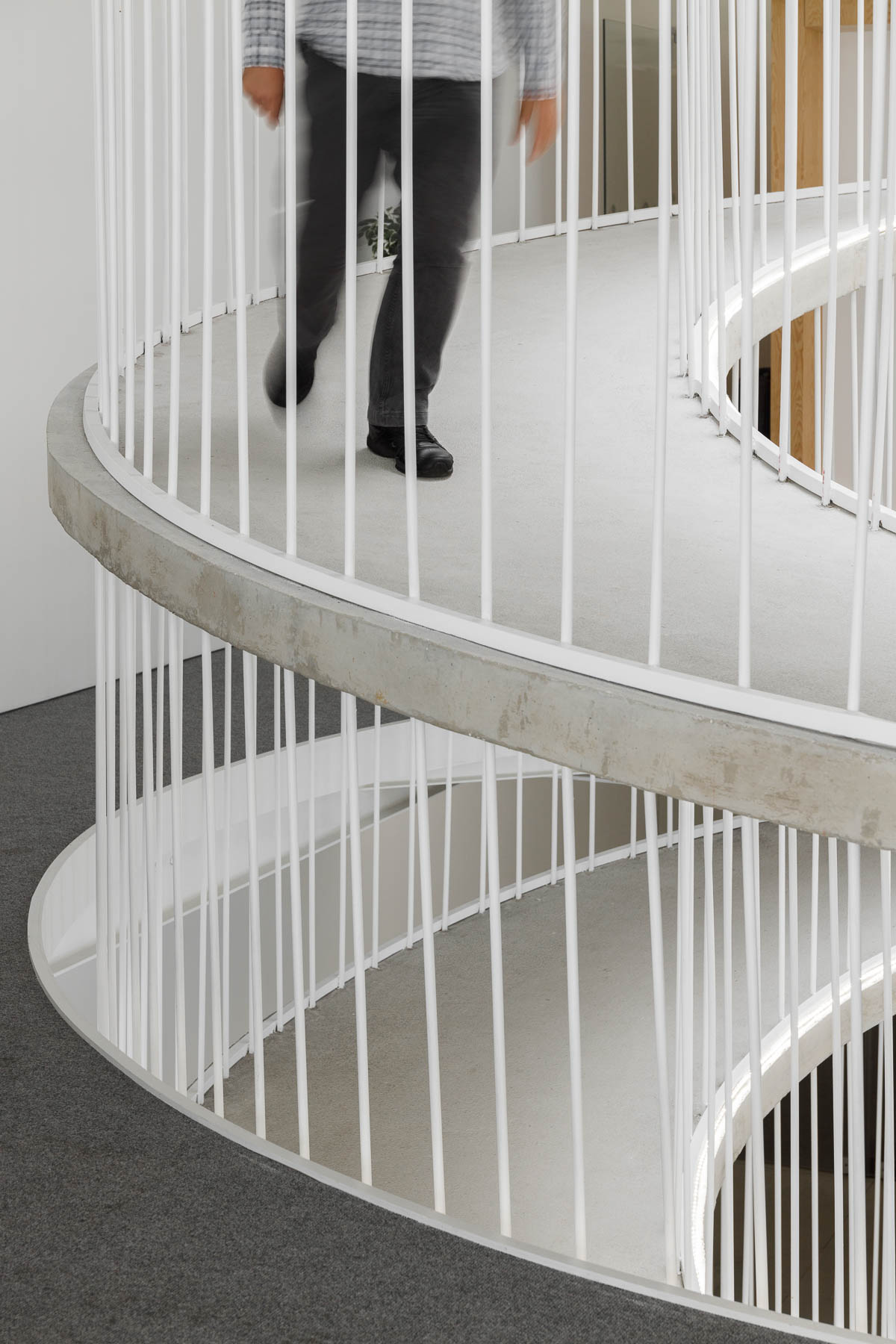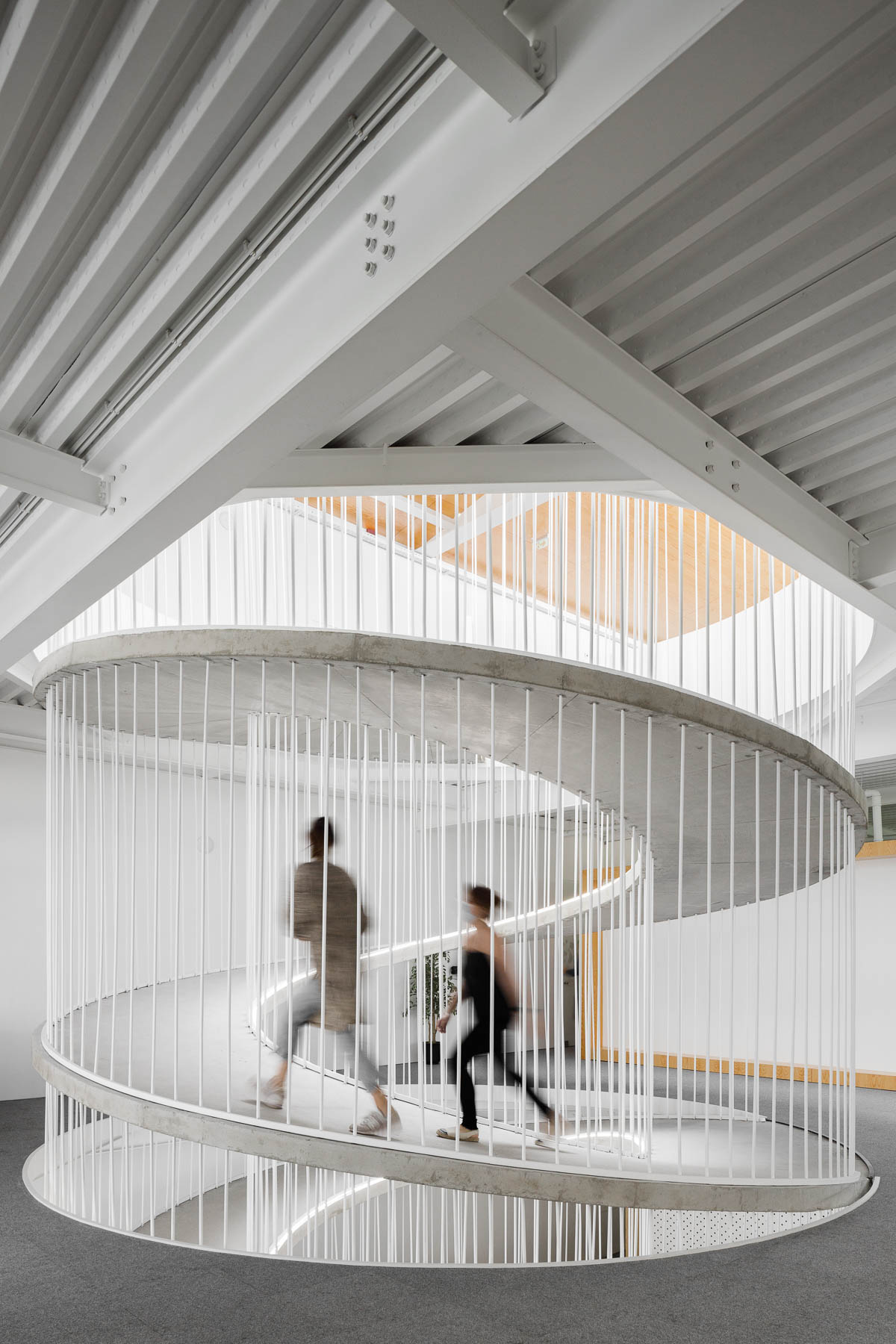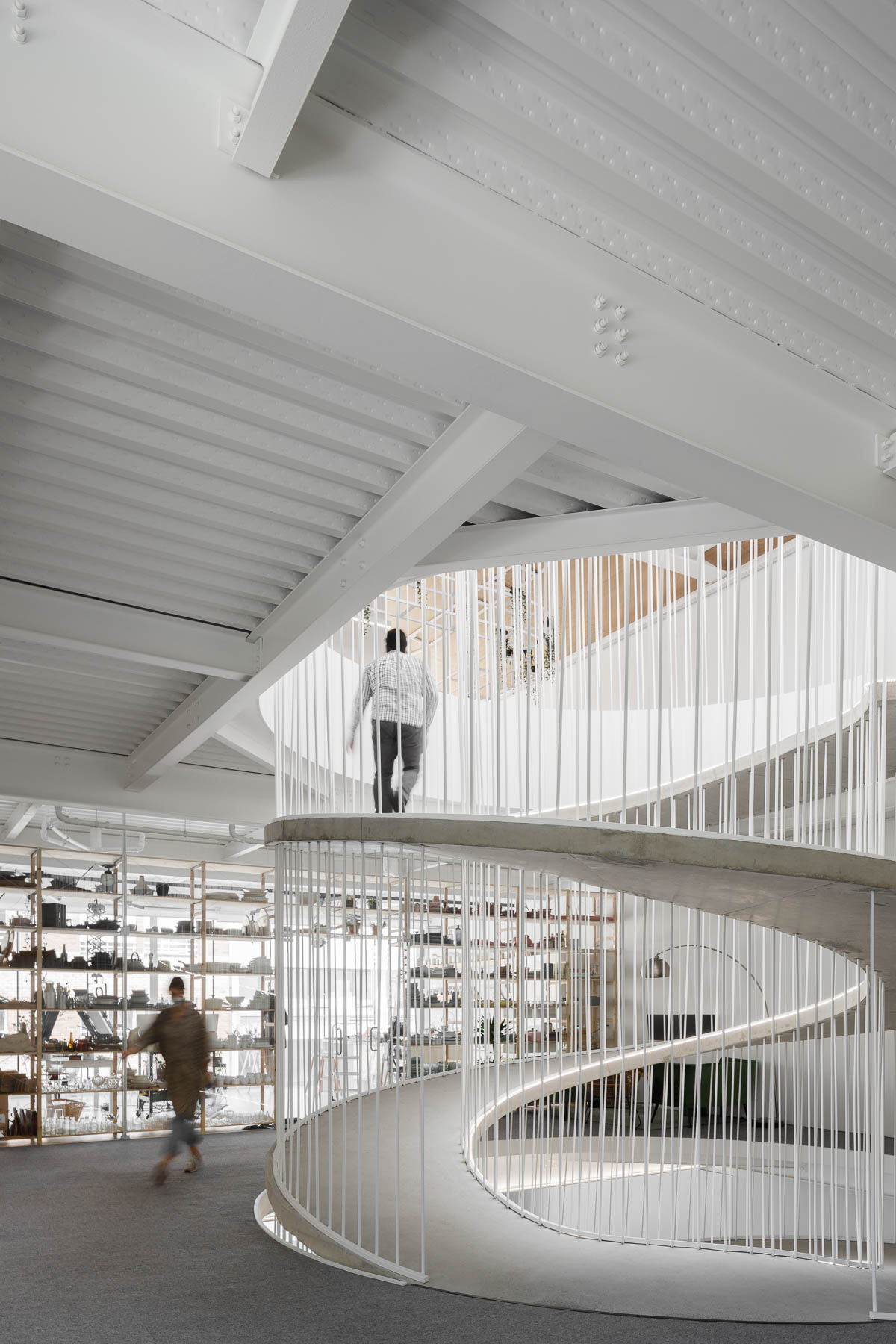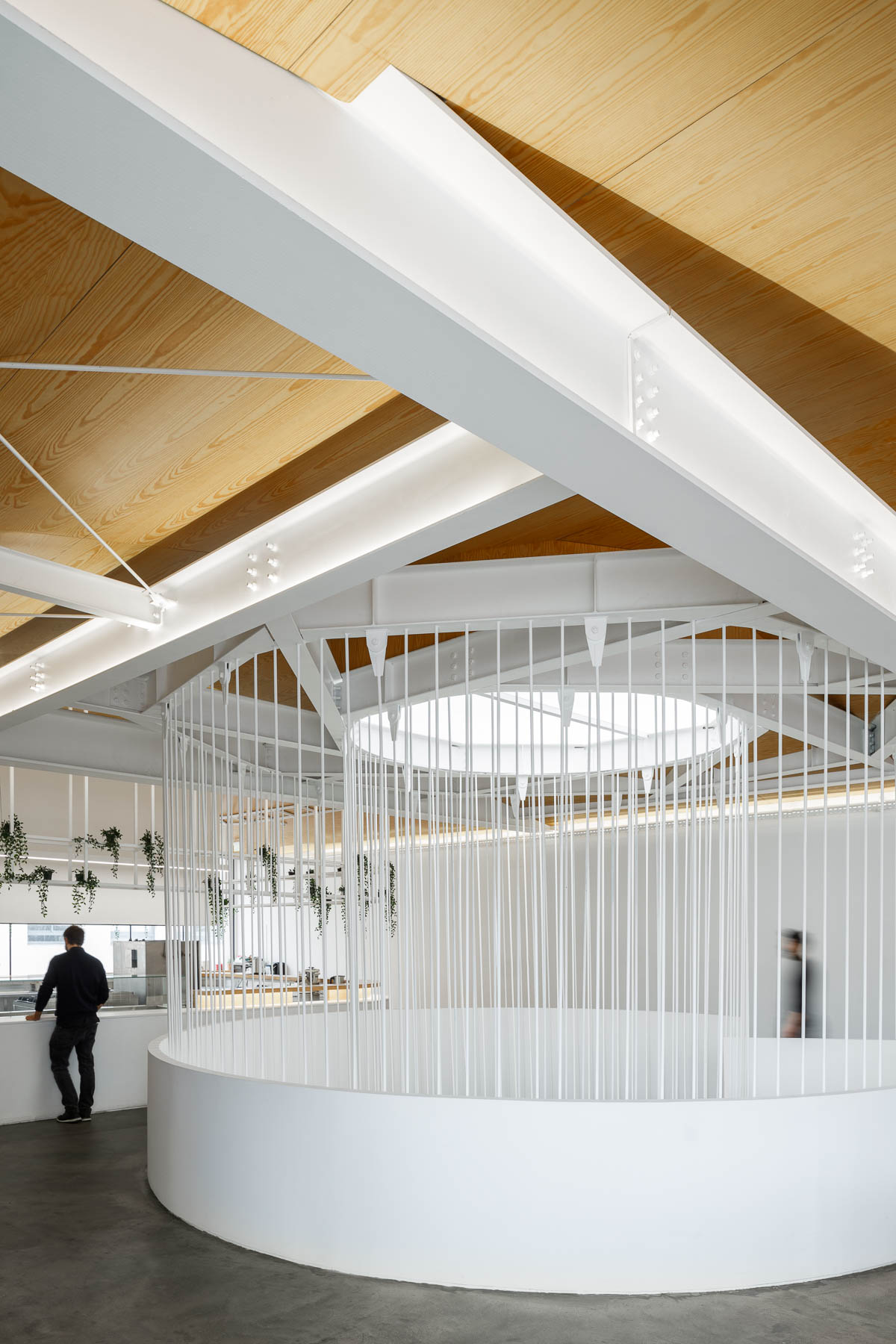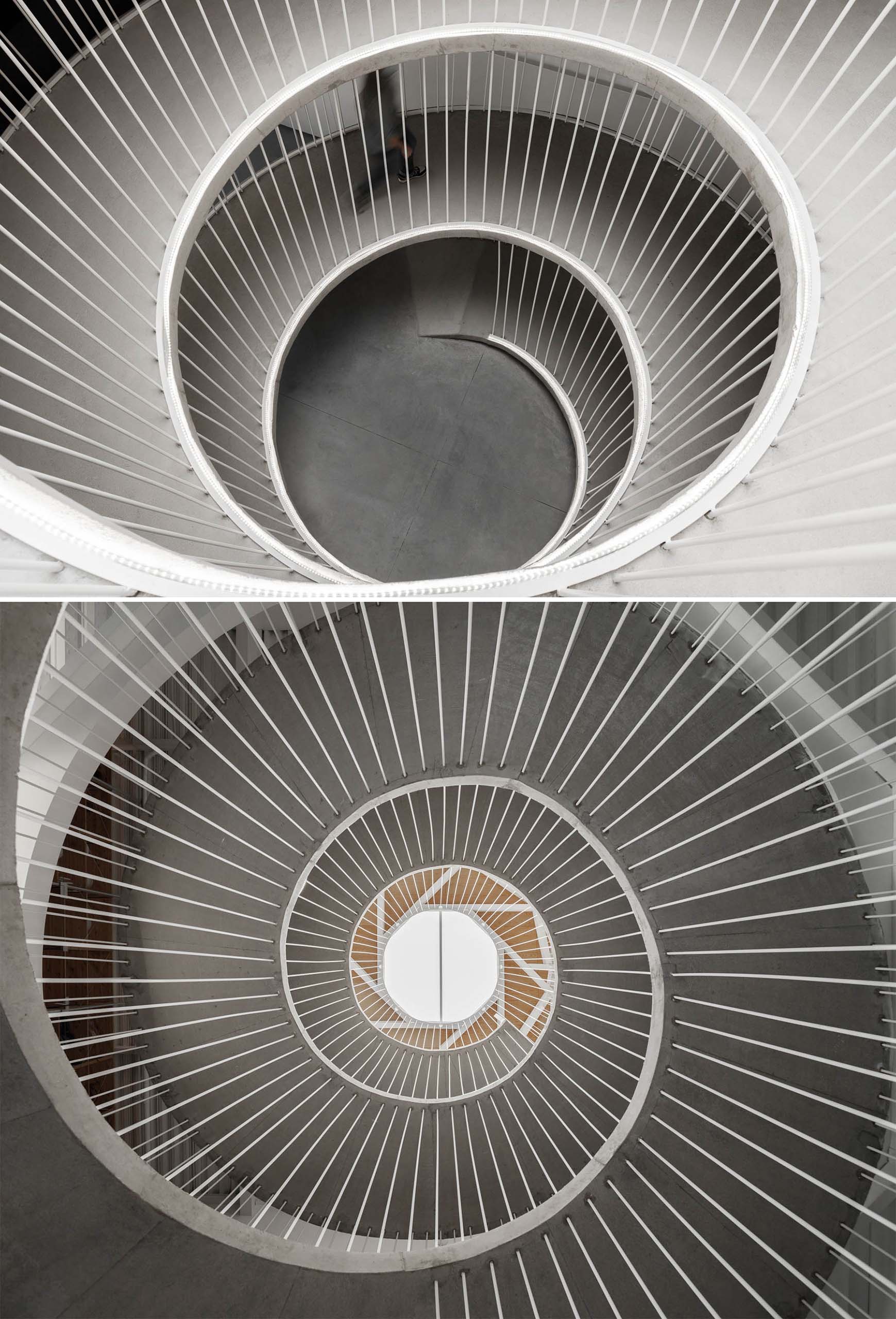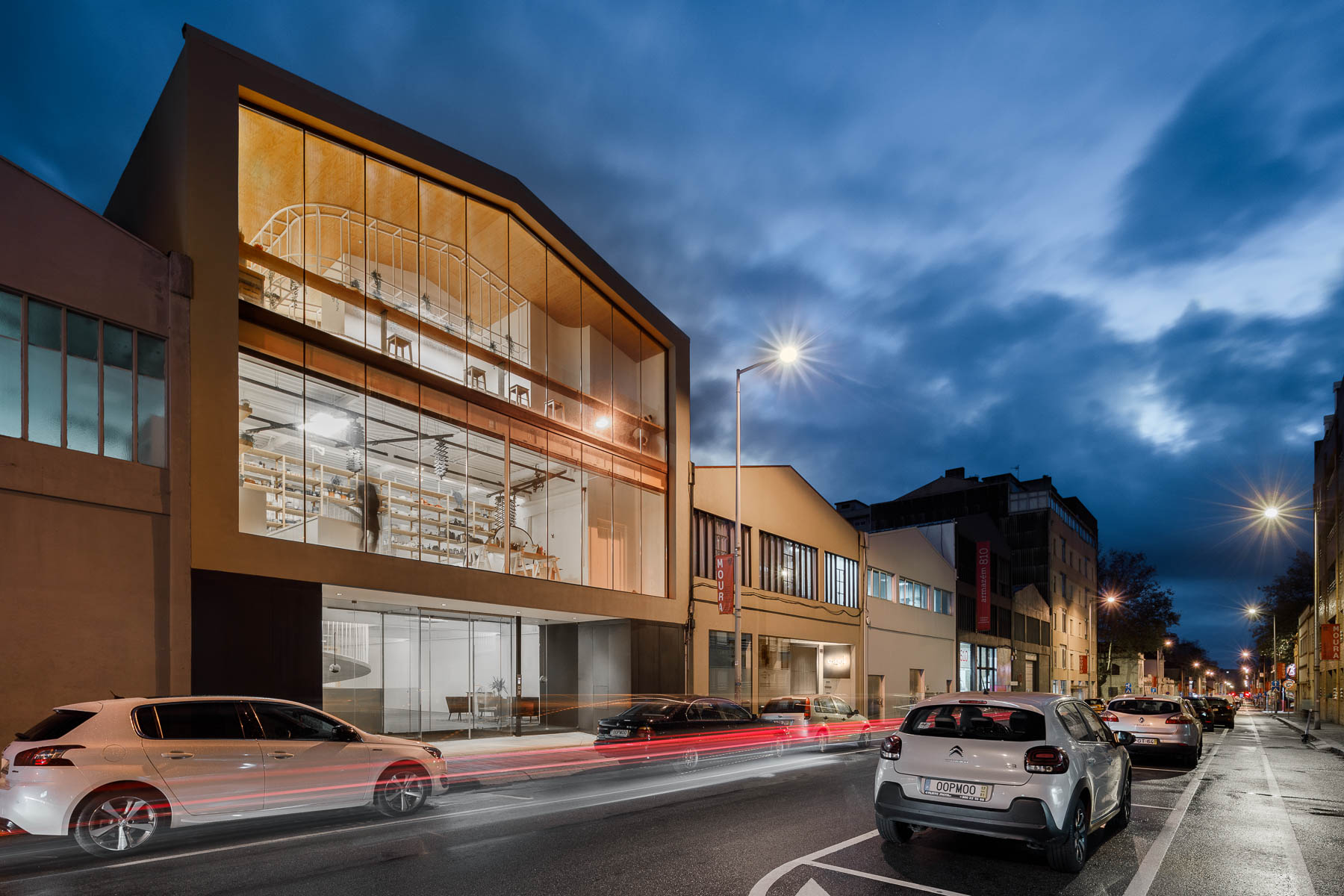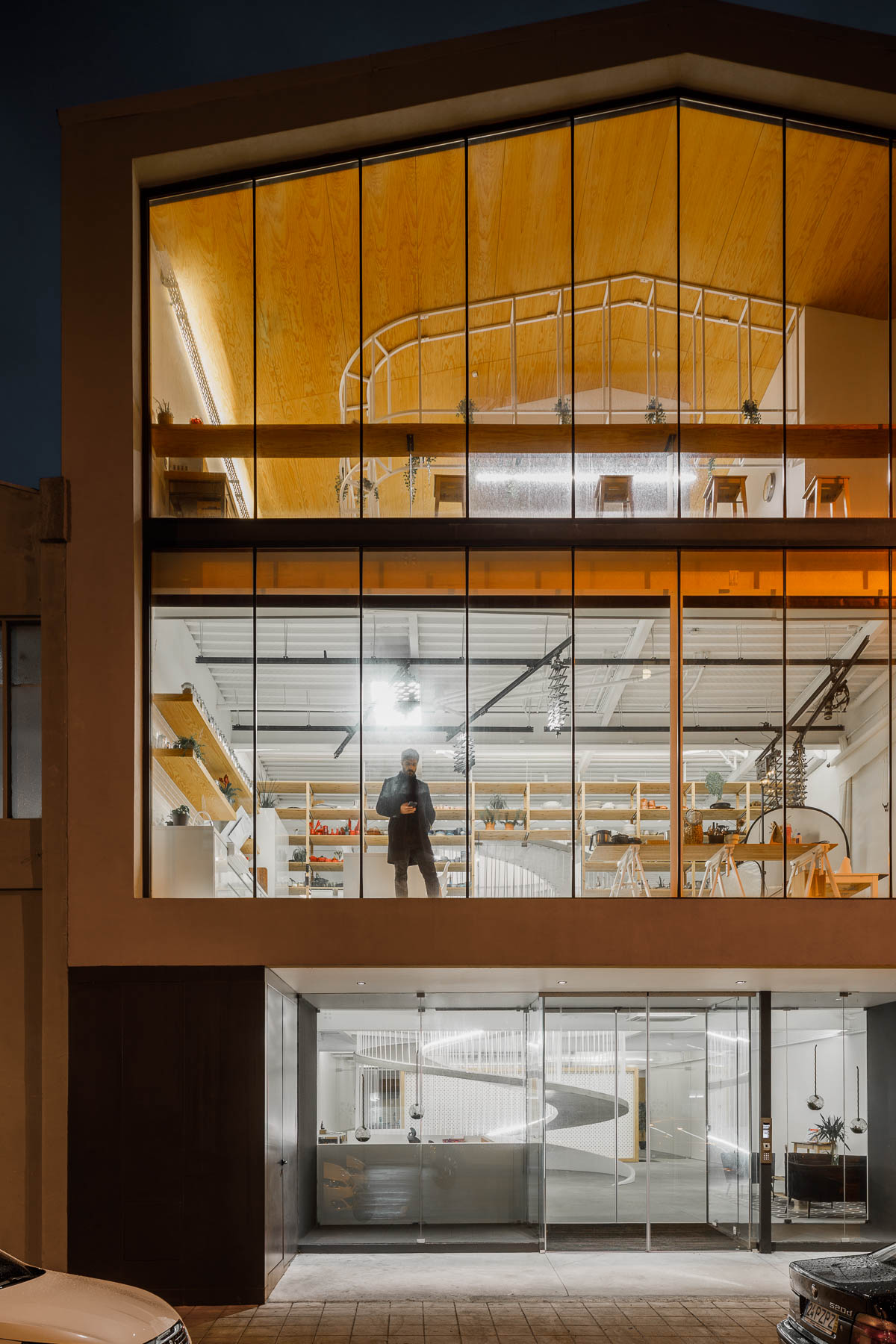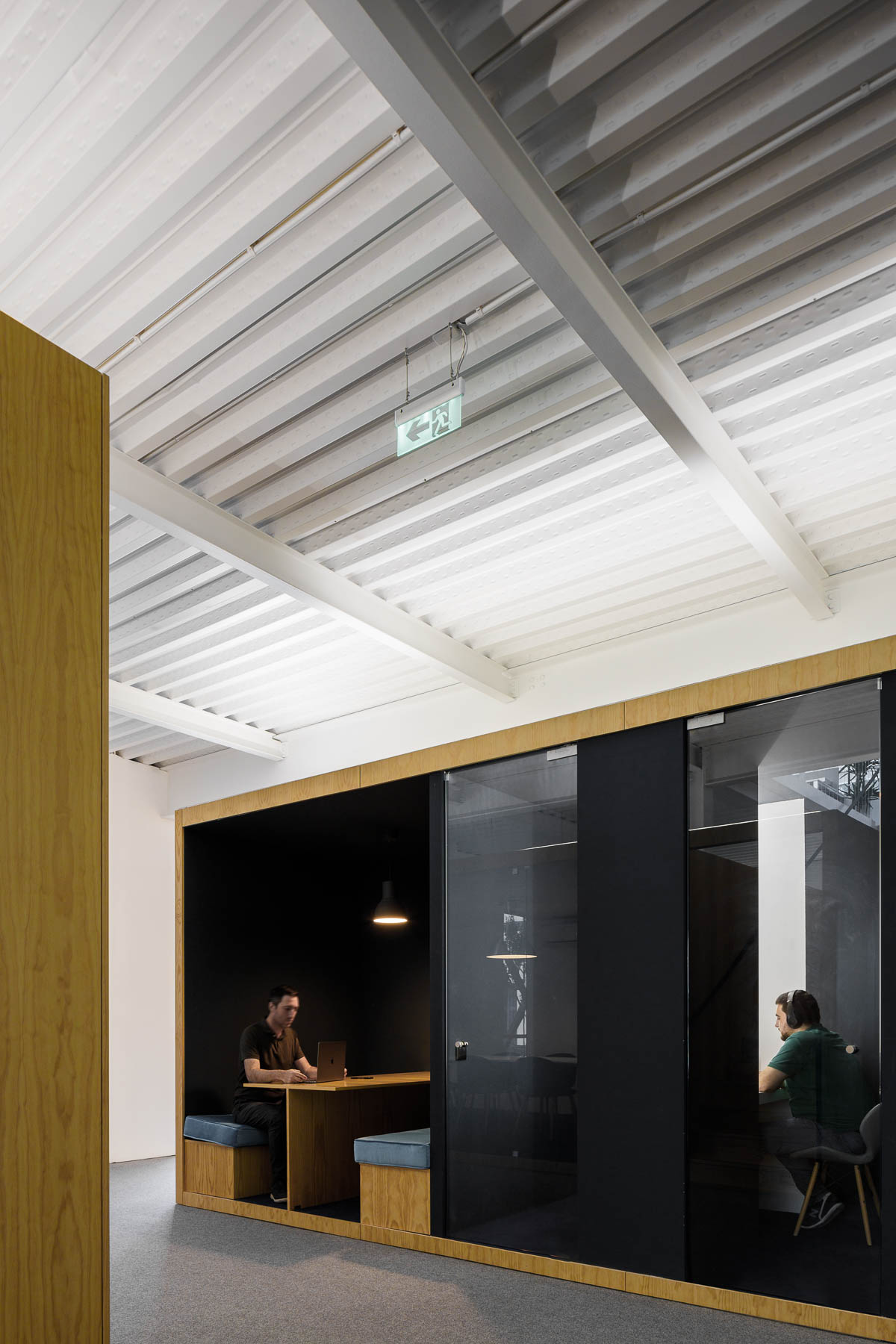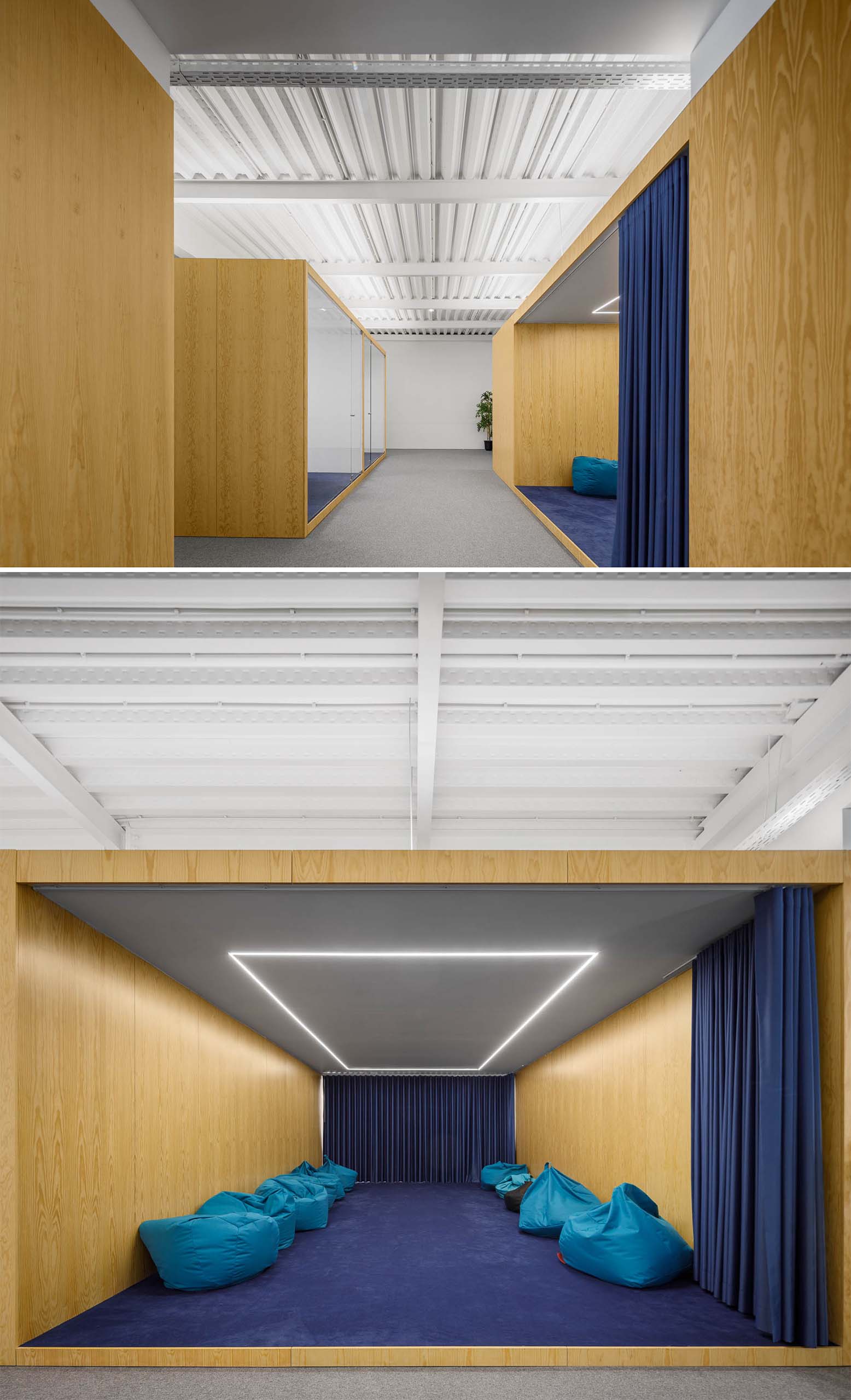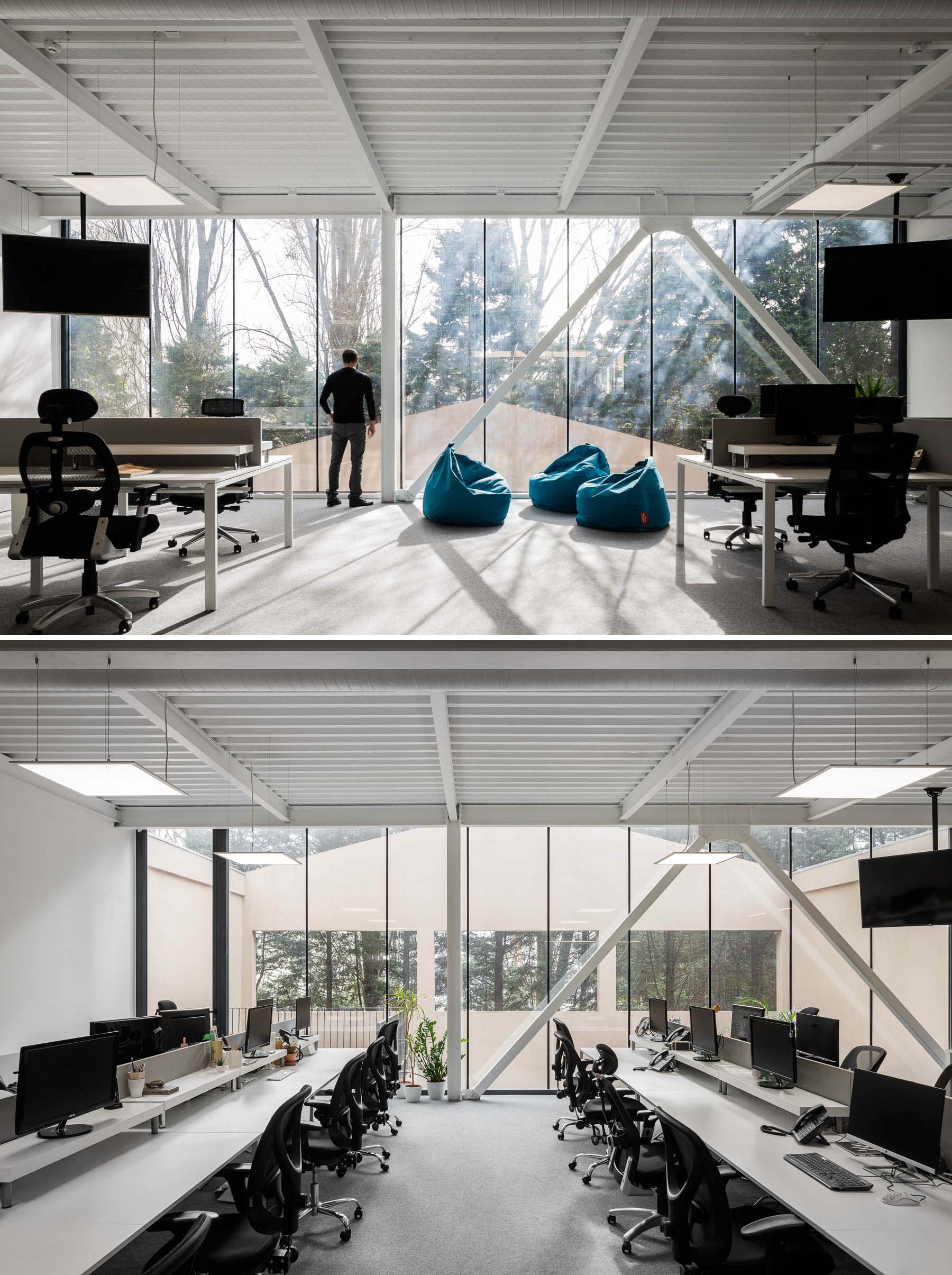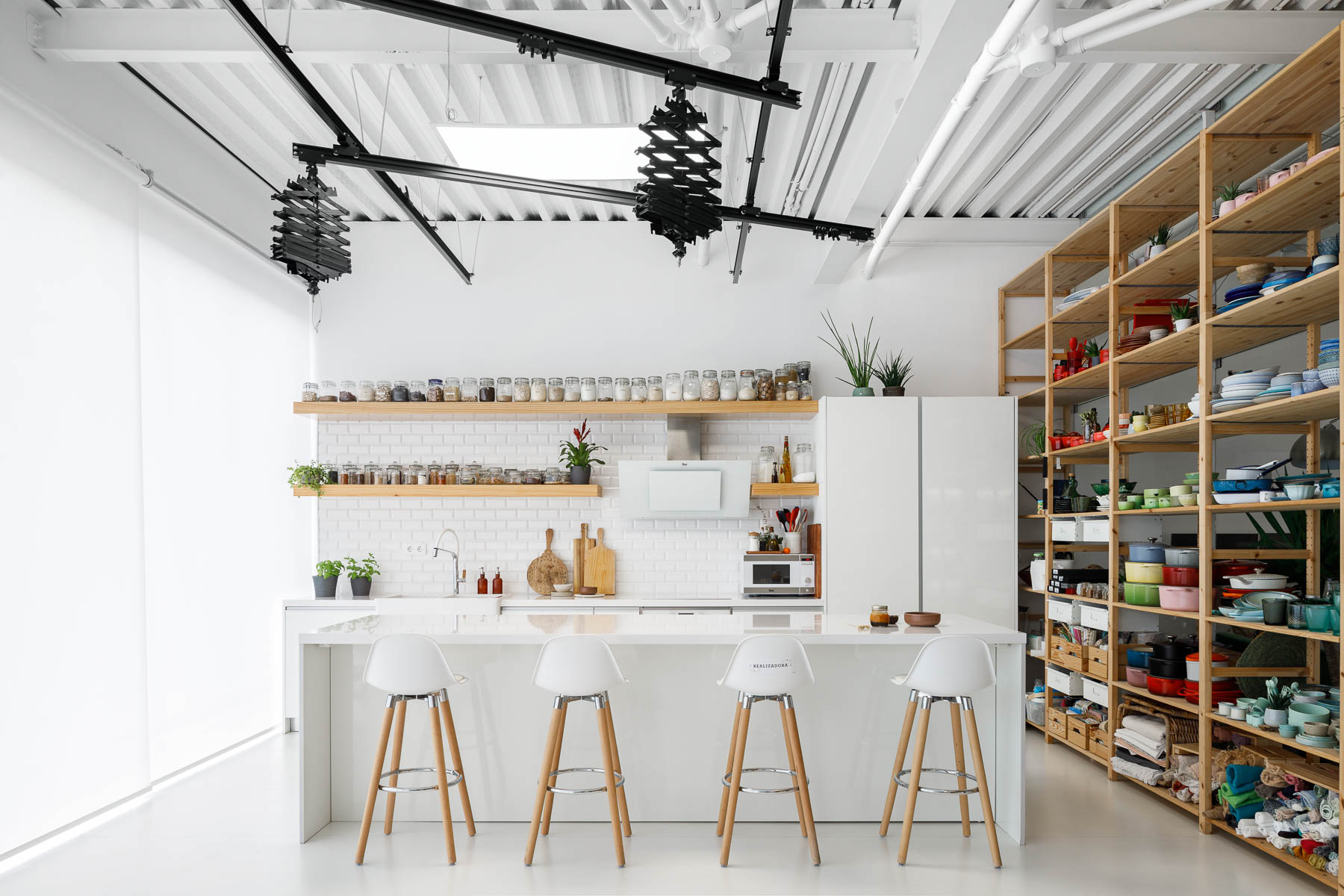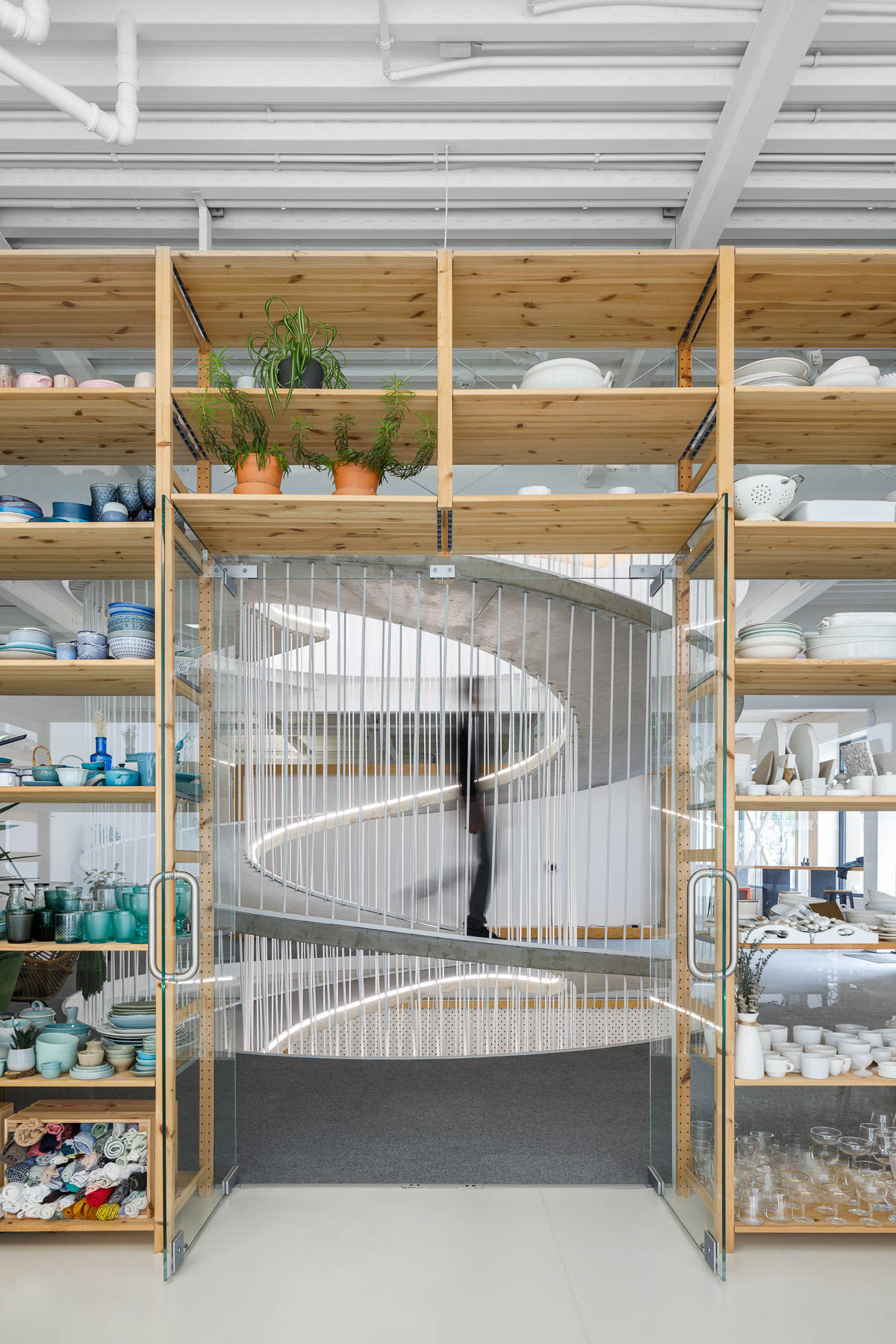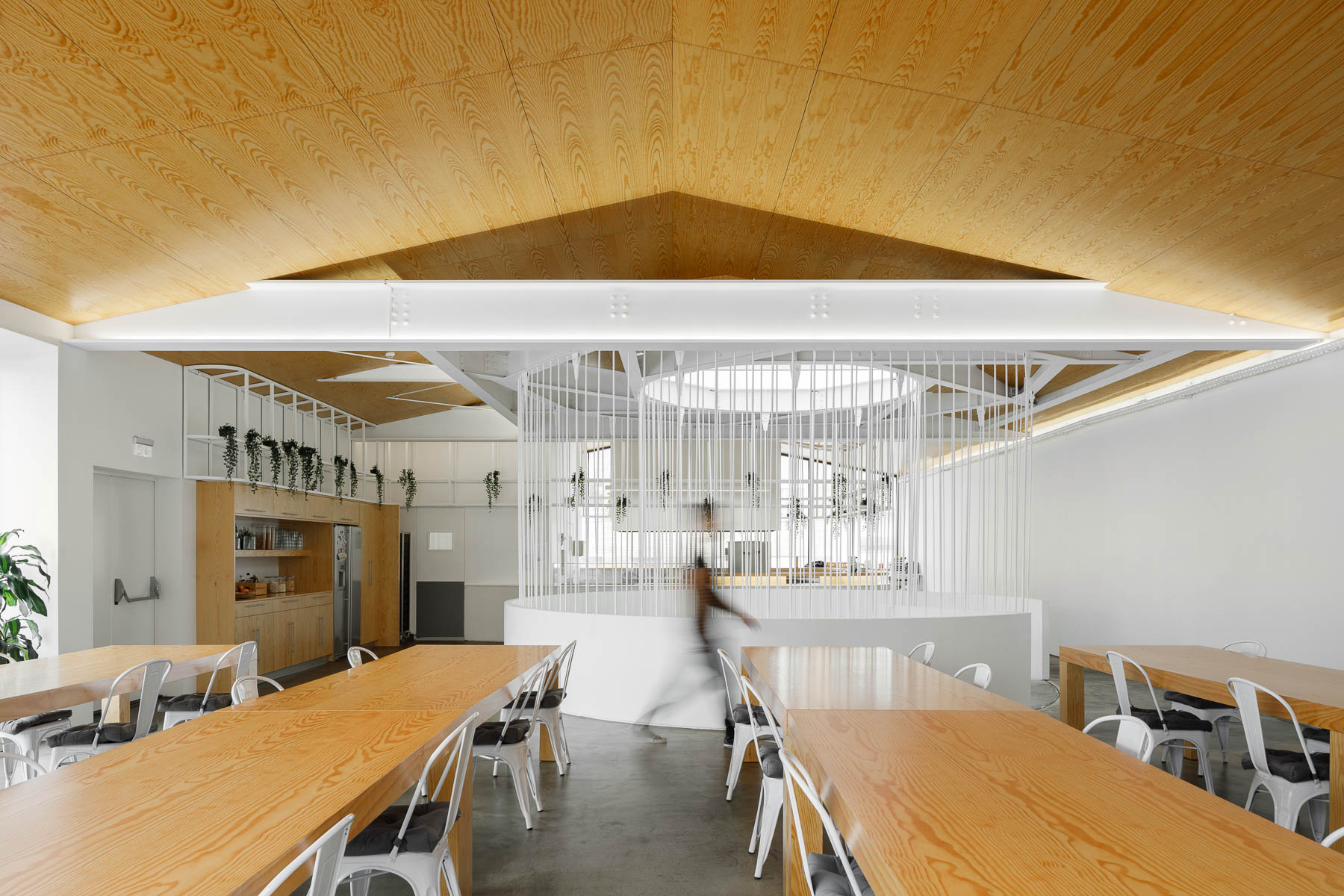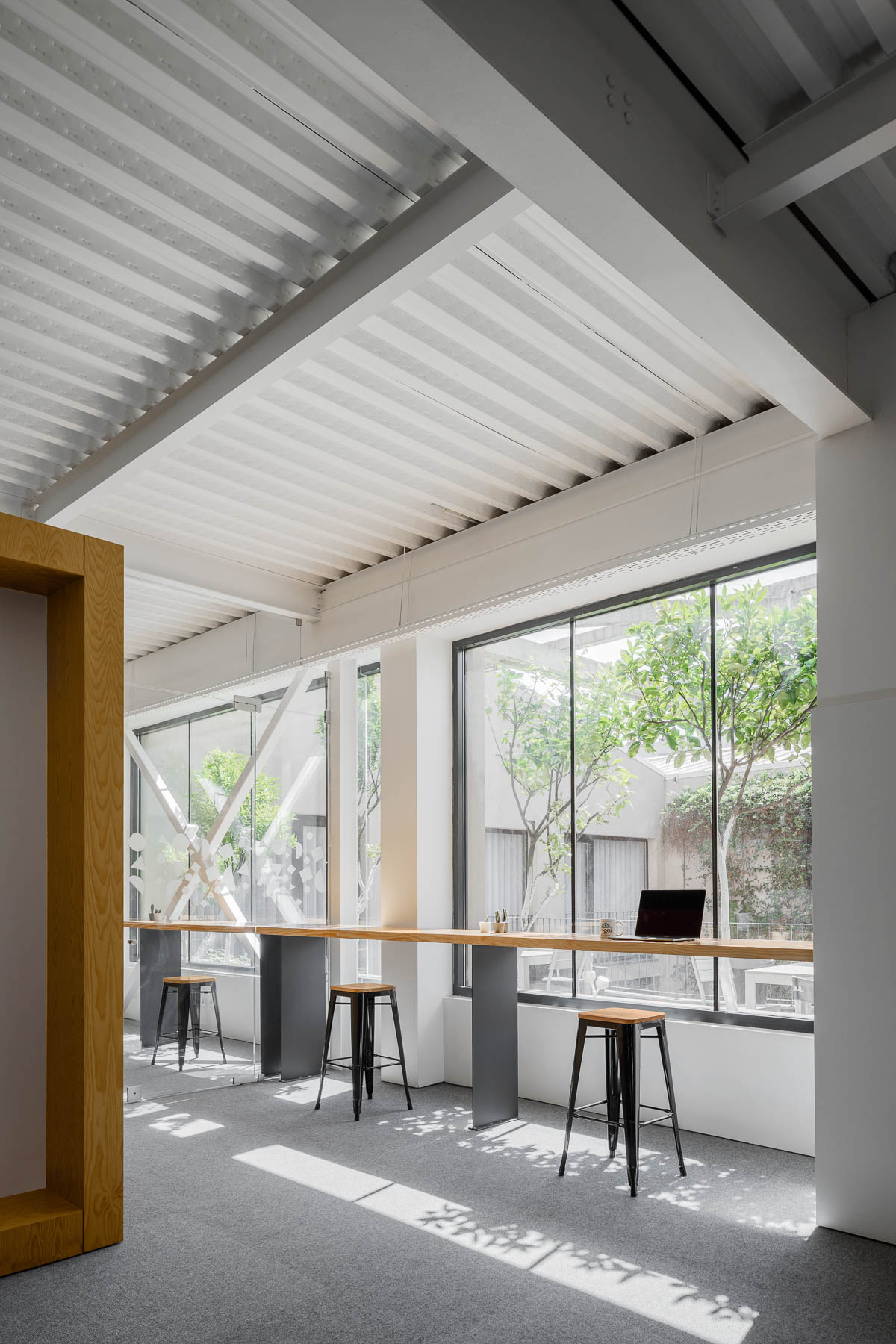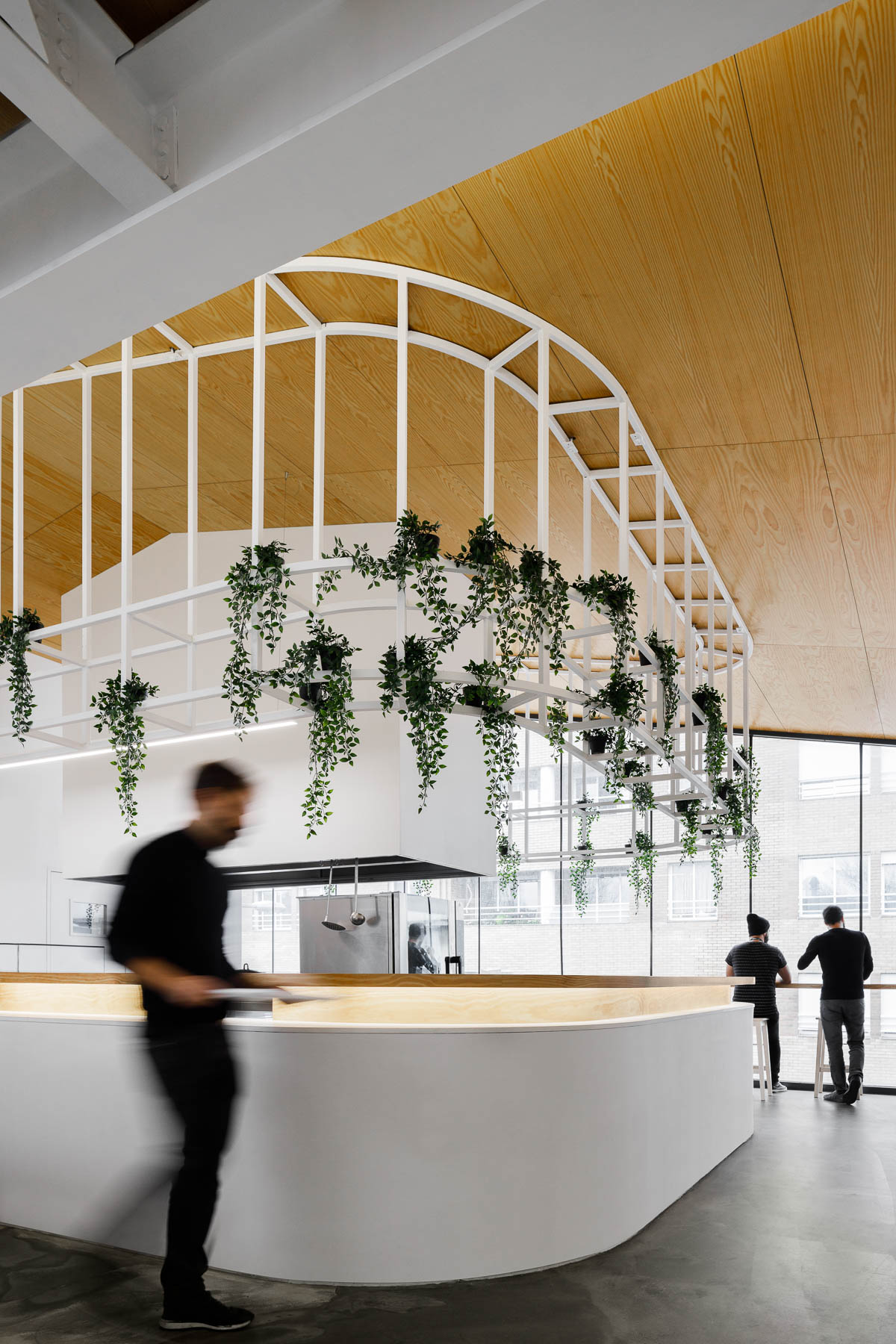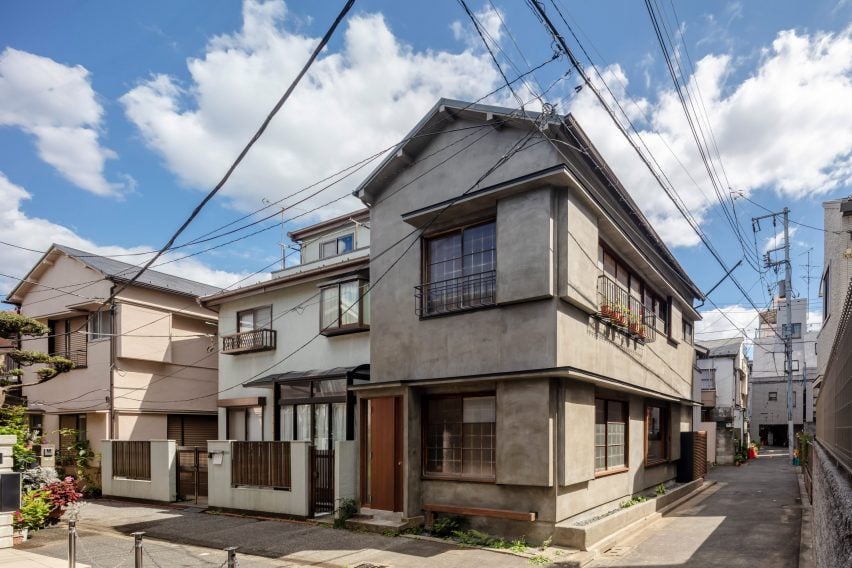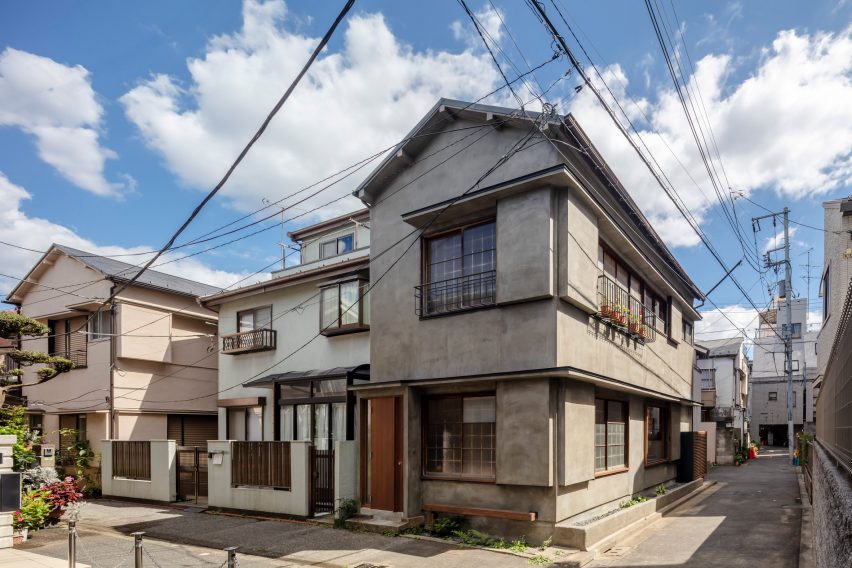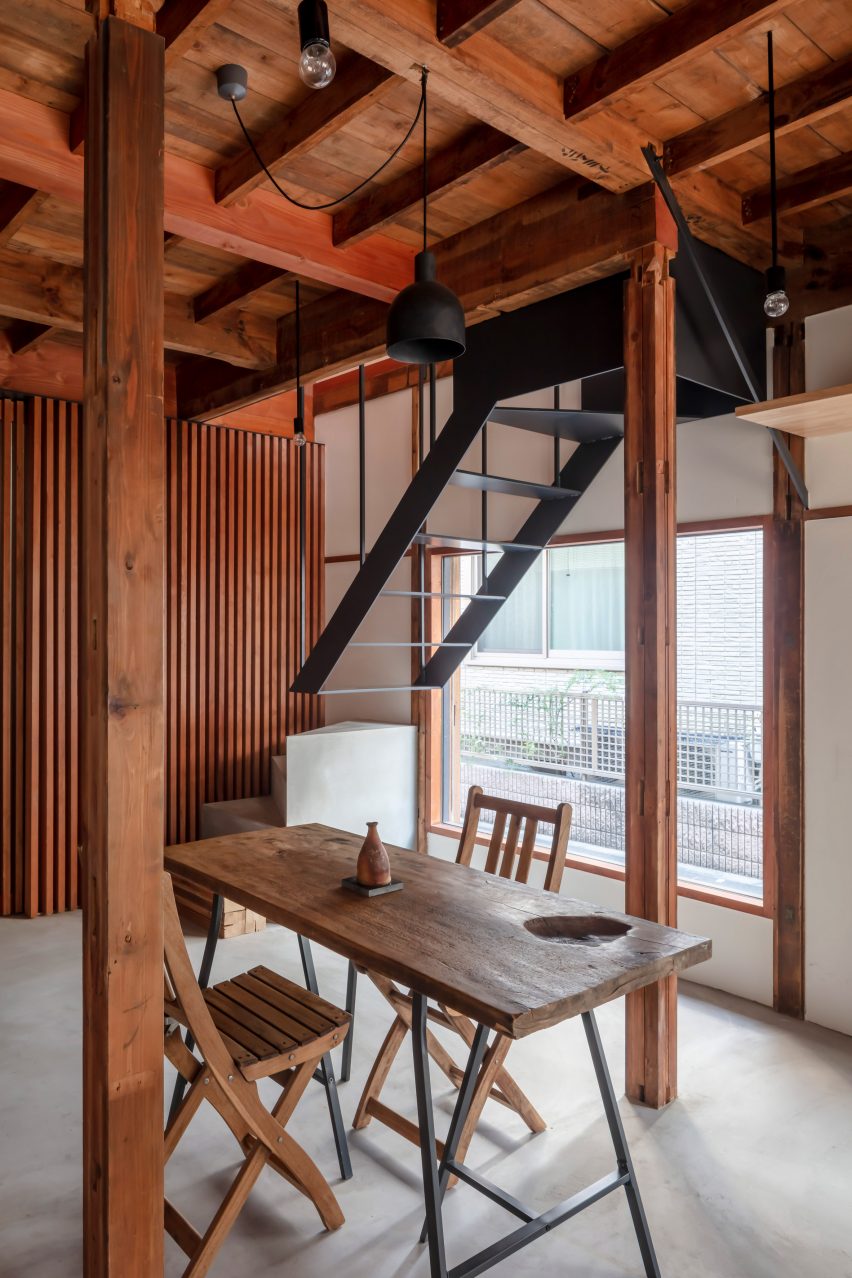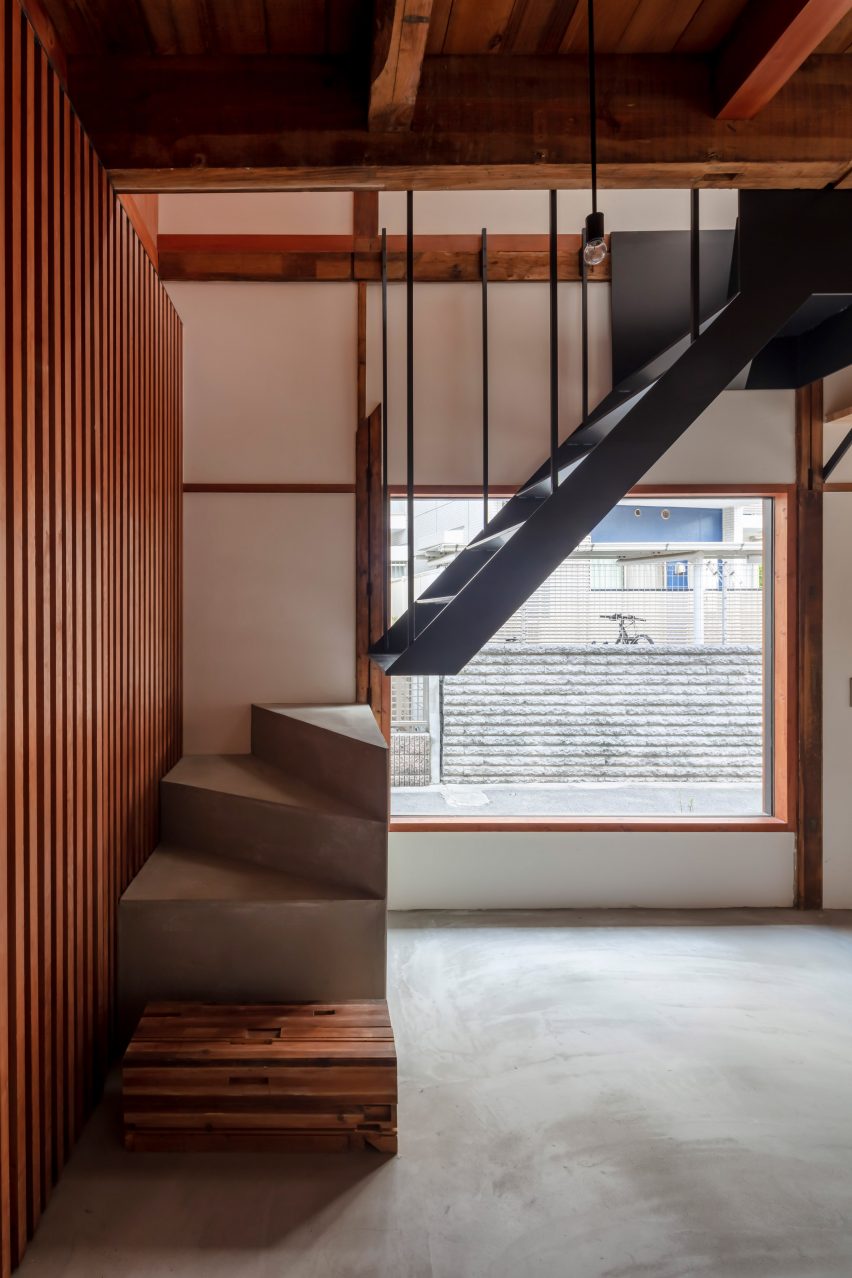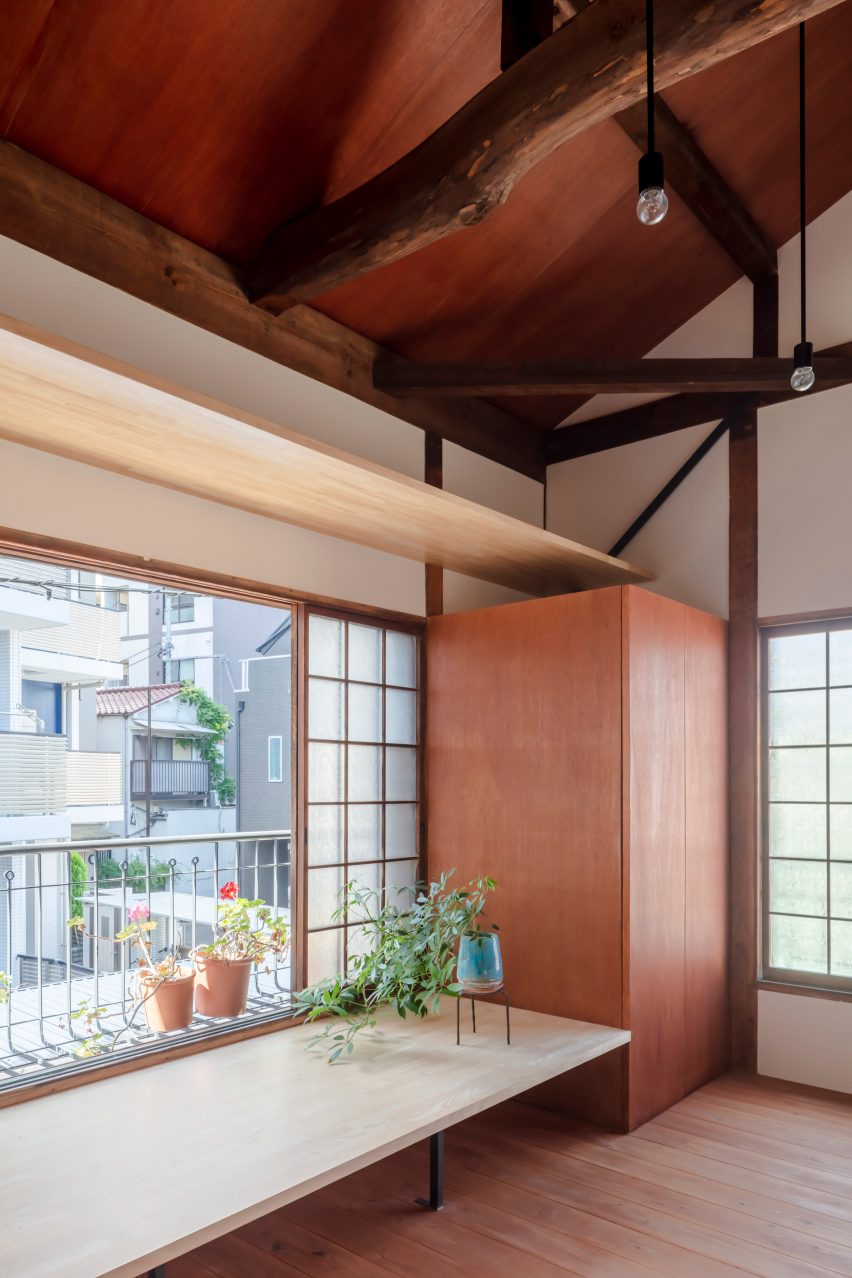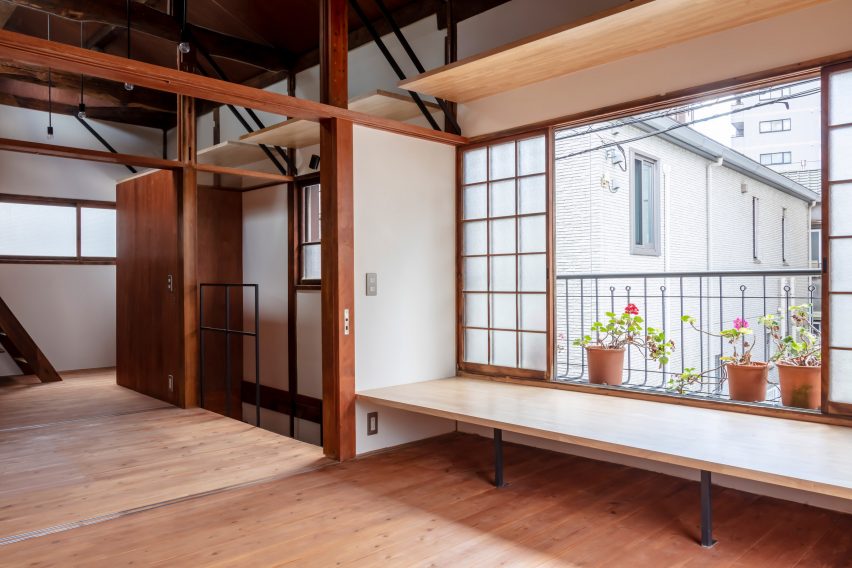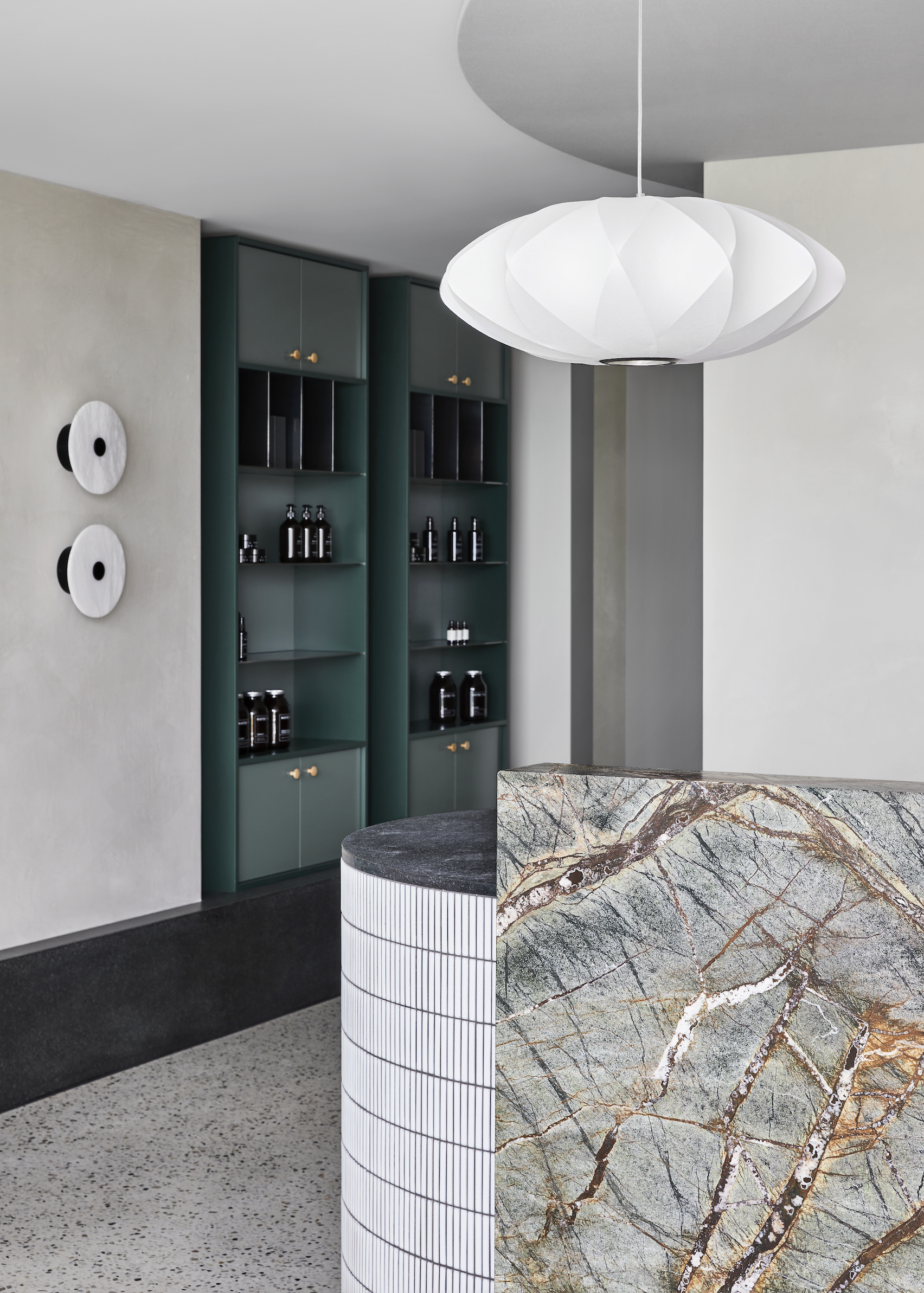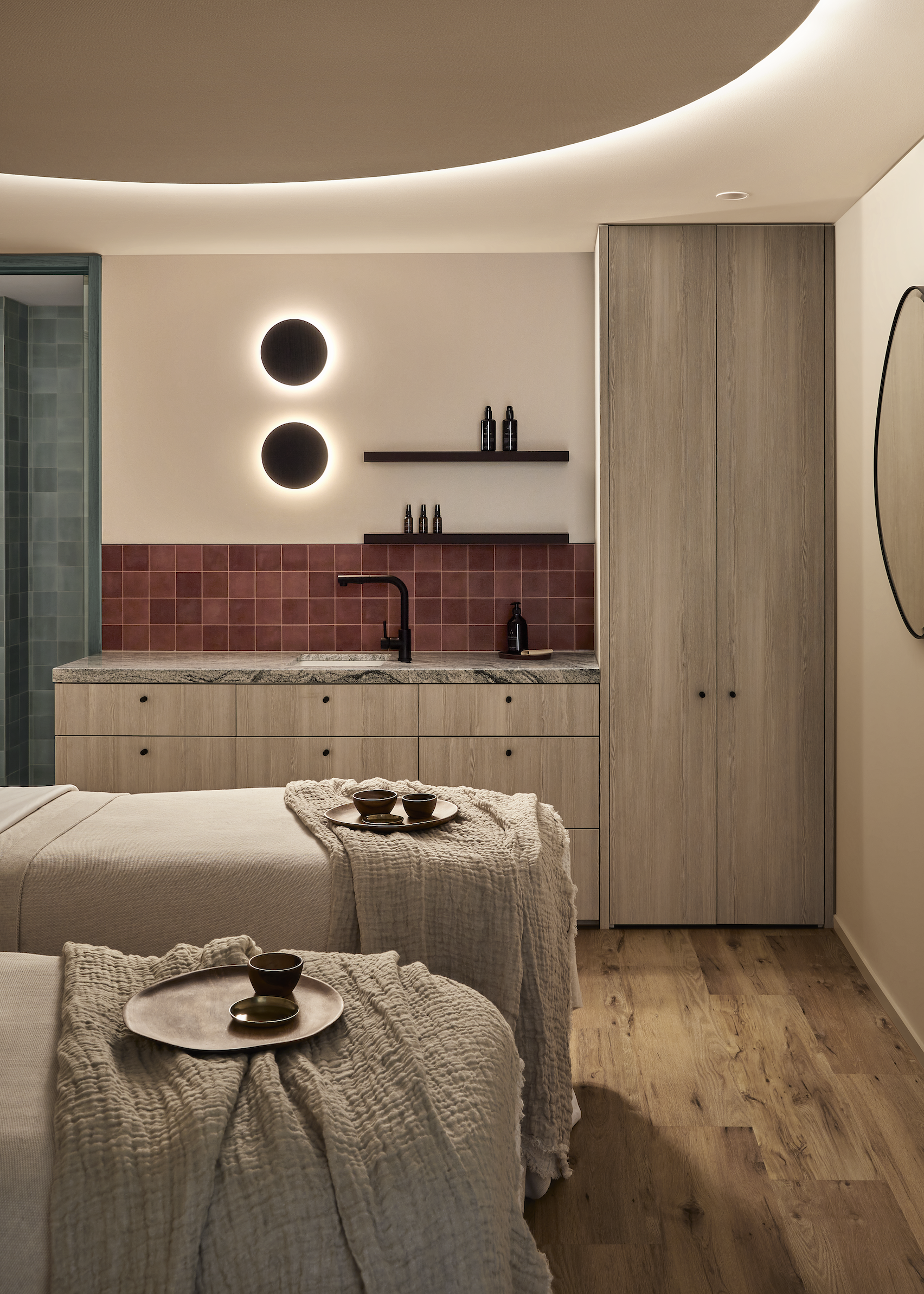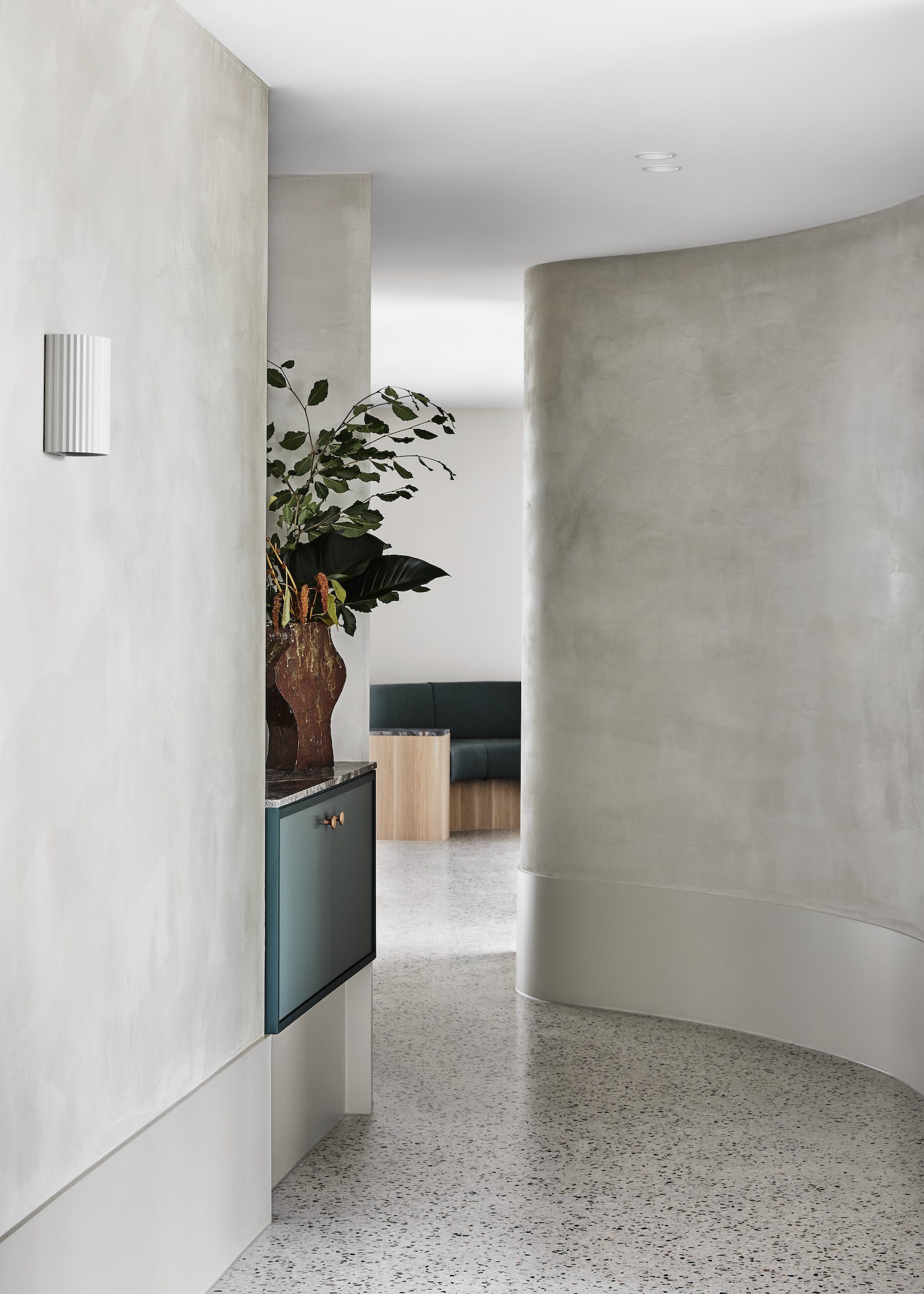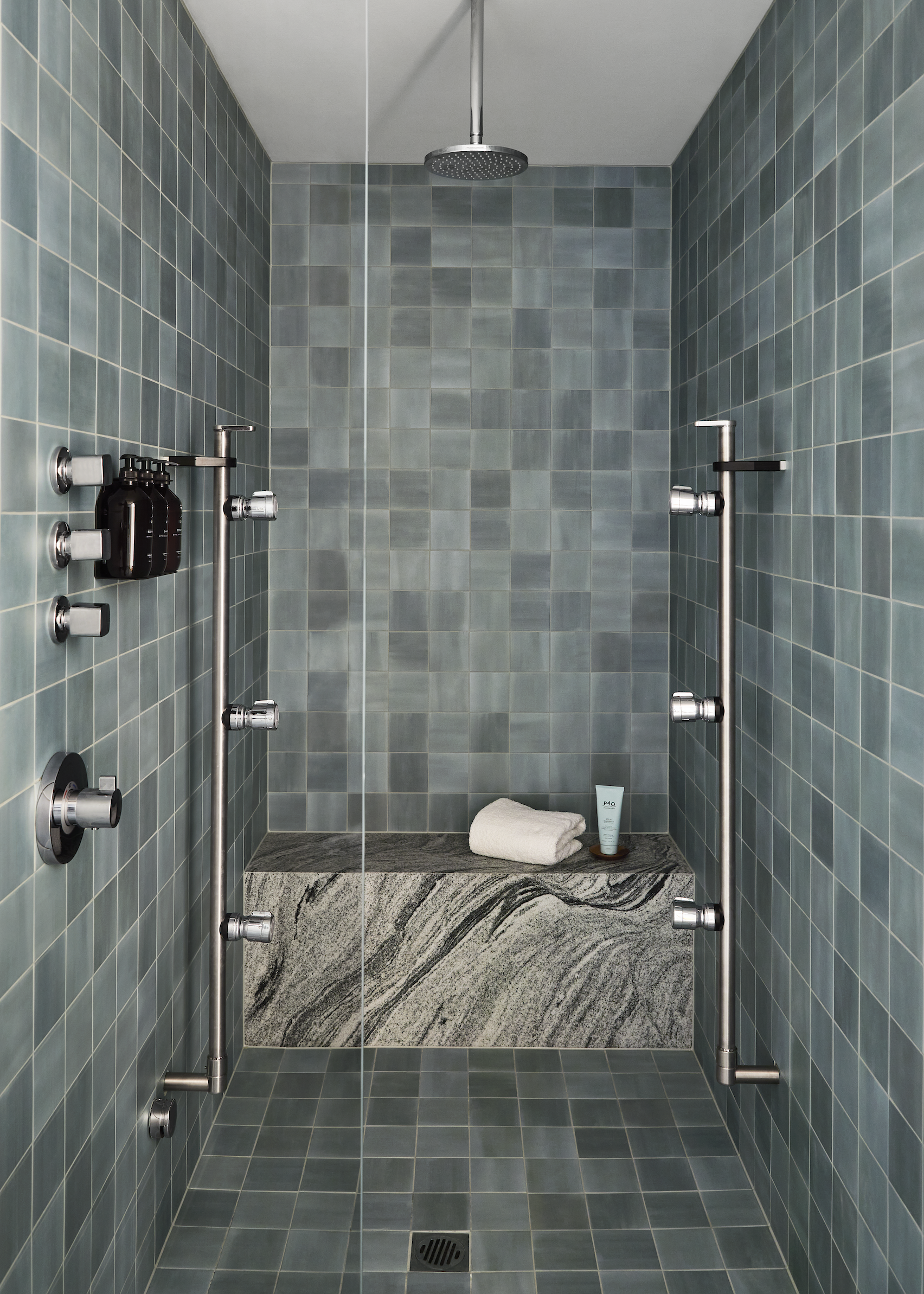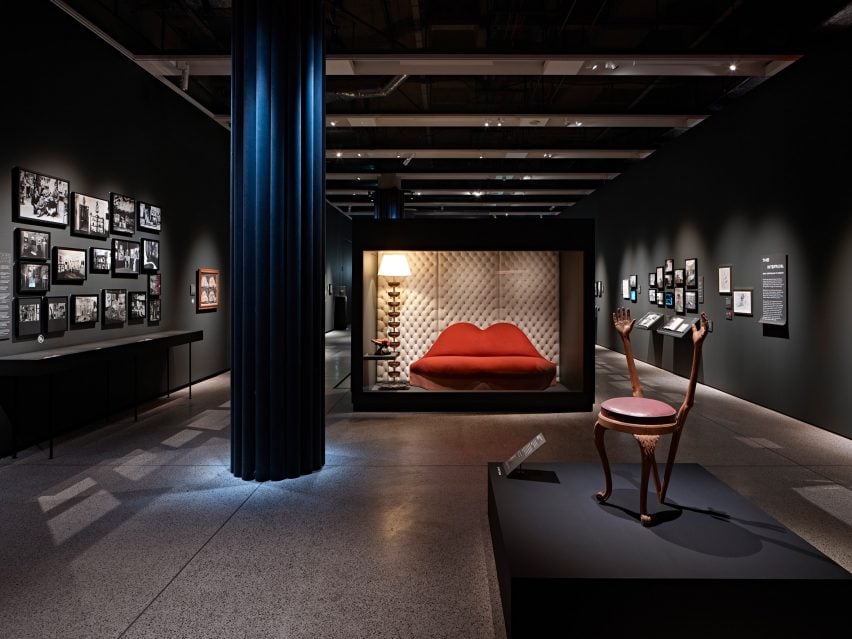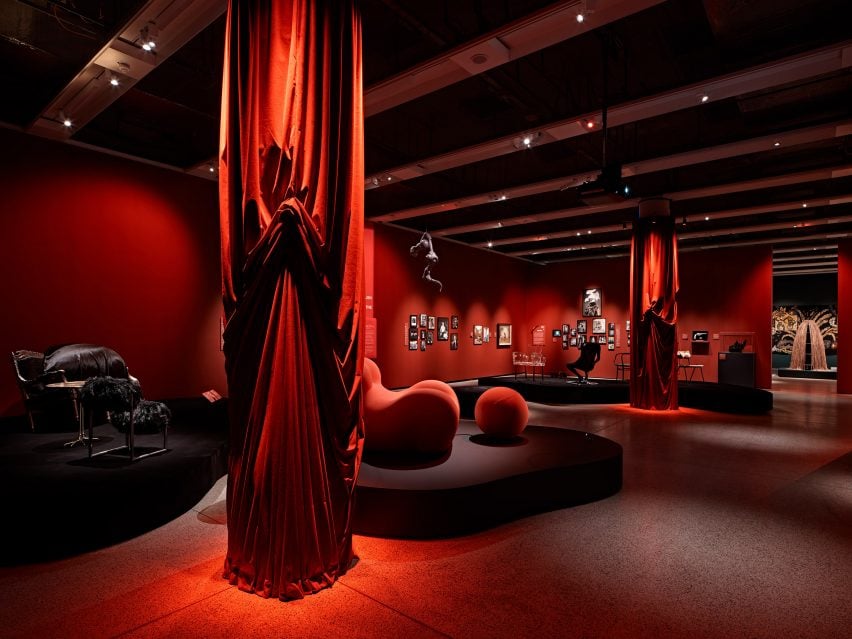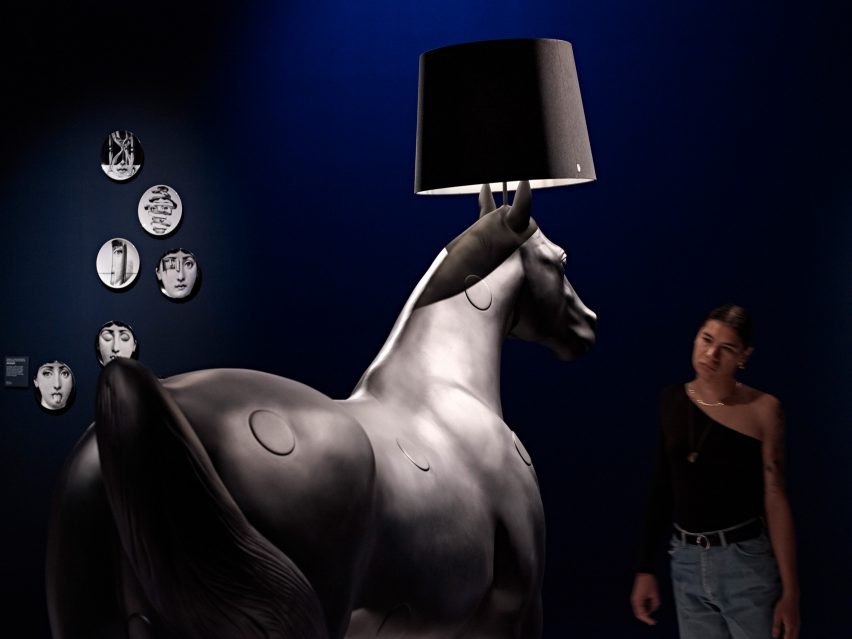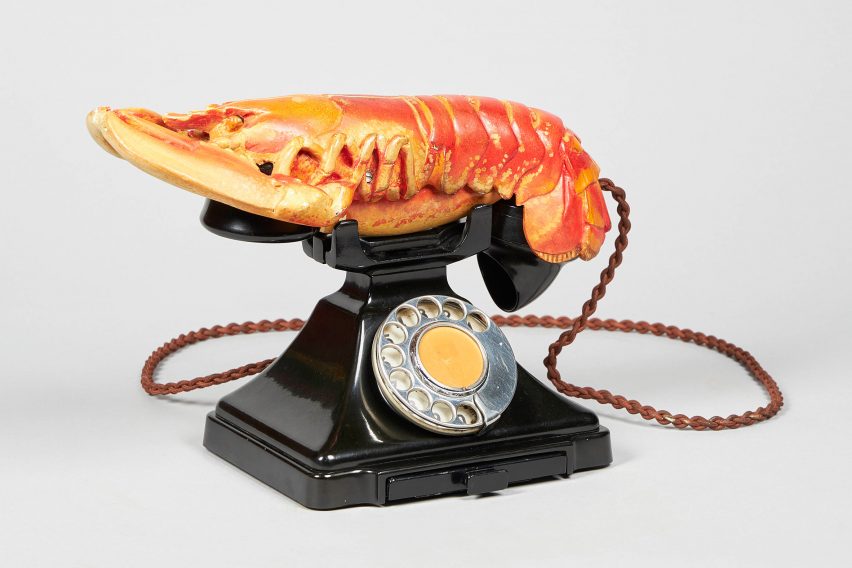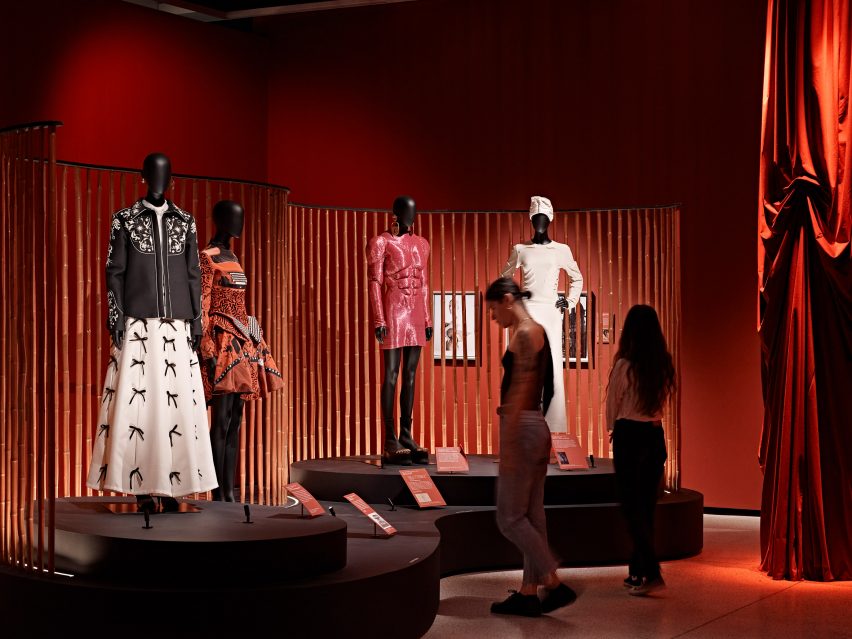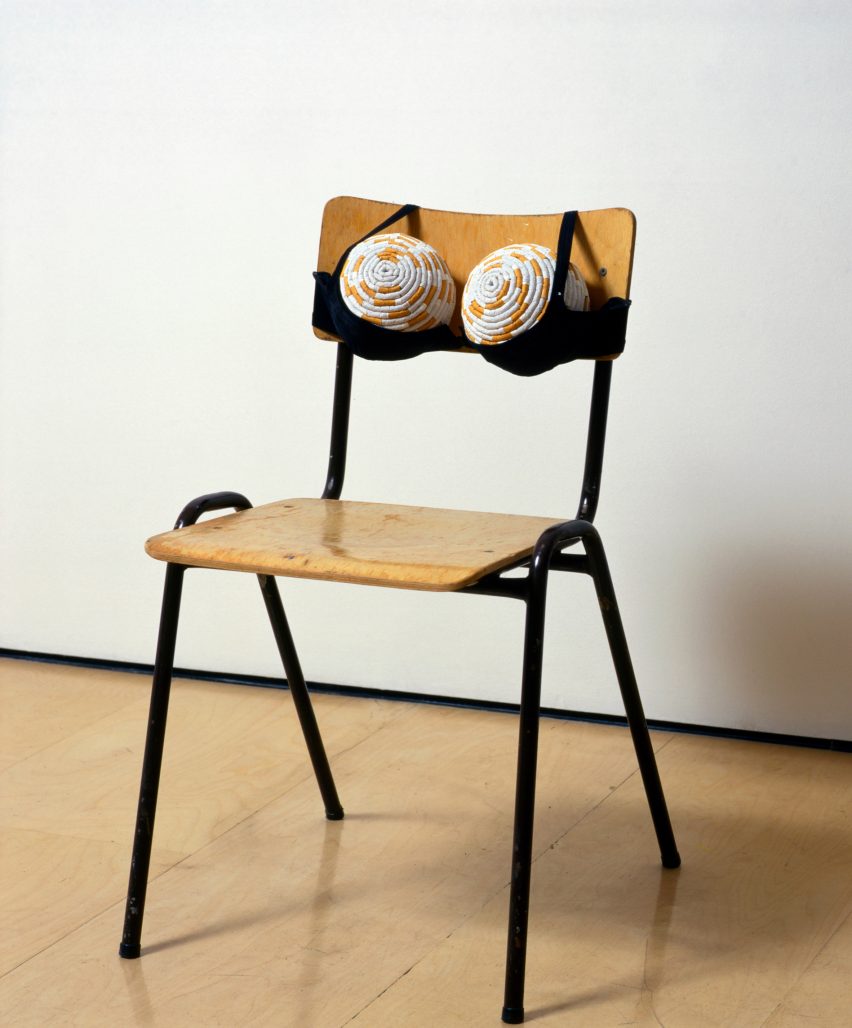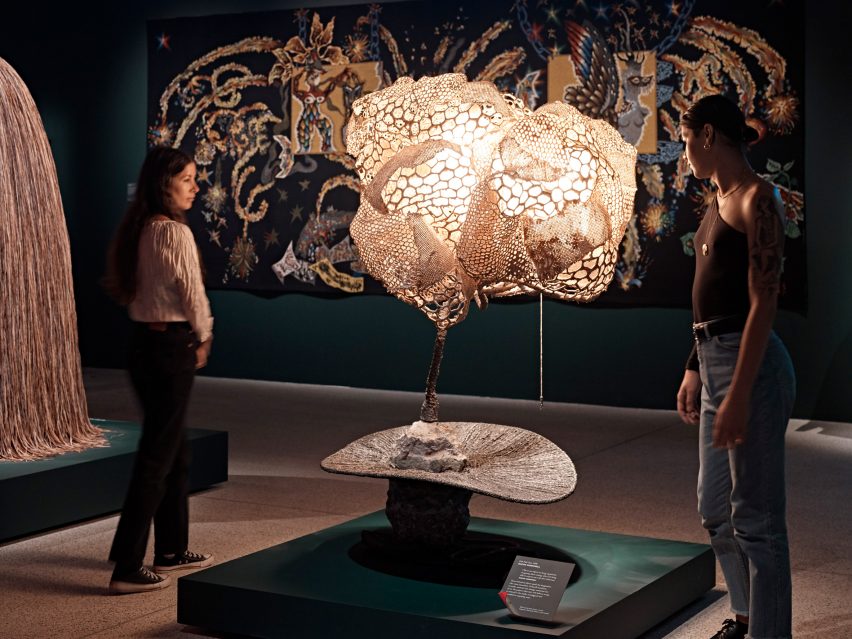Fendi introduces modern furnishings to Rome’s historic Villa Medici
Italian fashion brand Fendi has teamed up with the French Academy in Rome to refresh six salons inside the Villa Medici – a 16th-century Renaissance palace set amongst sprawling gardens in the heart of Rome.
The villa has been home to the French Academy in Rome since 1803, and today is used by the French art institute to host creative residencies and public art programmes.
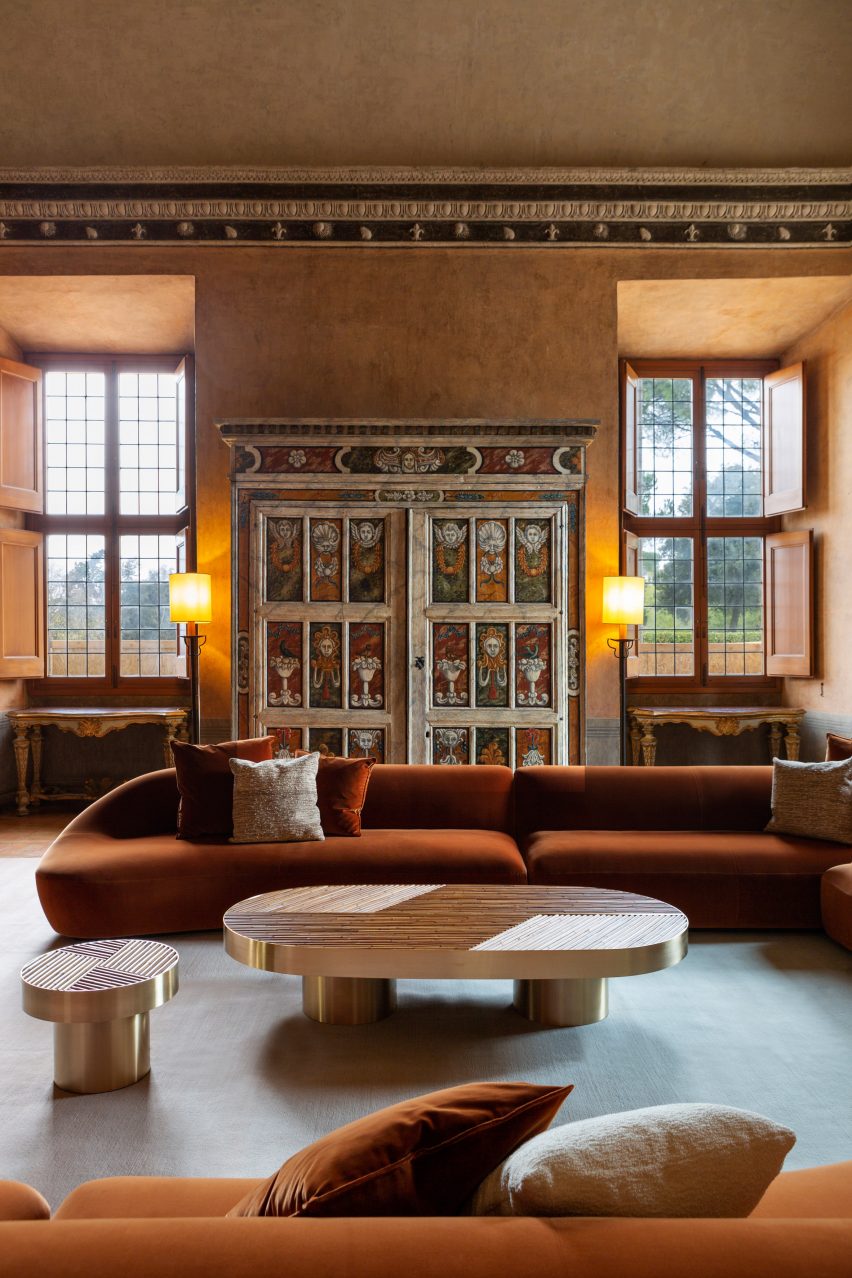
The building’s salons had not been significantly modified in some 20 years, leading the academy to initiate a revamp in the hopes of establishing a better connection between the centuries-old rooms and contemporary design.
Fendi was brought on board to consult on Villa Medici’s interior scheme alongside Mobilier National – France’s national furniture collection and conservation agency.
The project also saw the academy call in French architect Pierre-Antoine Gatier to restore some decorative features of the Grand Salon, while conservation specialist Bobin Tradition carried out preservation work on the building’s existing wall hangings.
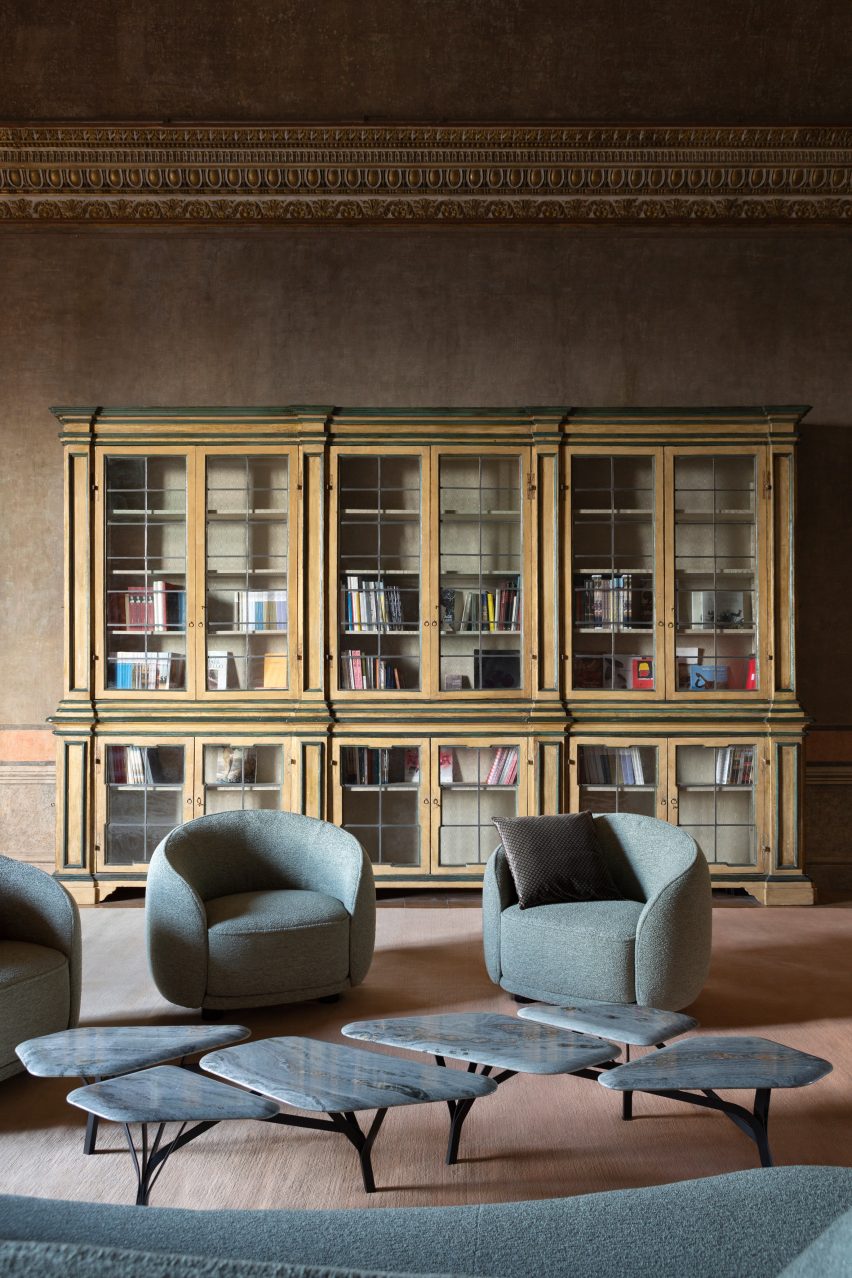
Fendi’s artistic director of couture and womenswear Kim Jones worked with Silvia Venturini Fendi, the brand’s artistic director of accessories and menswear, as well as Mobilier National to curate a selection of modern French and Italian furnishings for the salons.
Many of the pieces were pulled from Fendi Casa, the brand’s homeware collection, and chosen for their ability to slot in amongst the building’s existing heritage pieces and classical artworks.
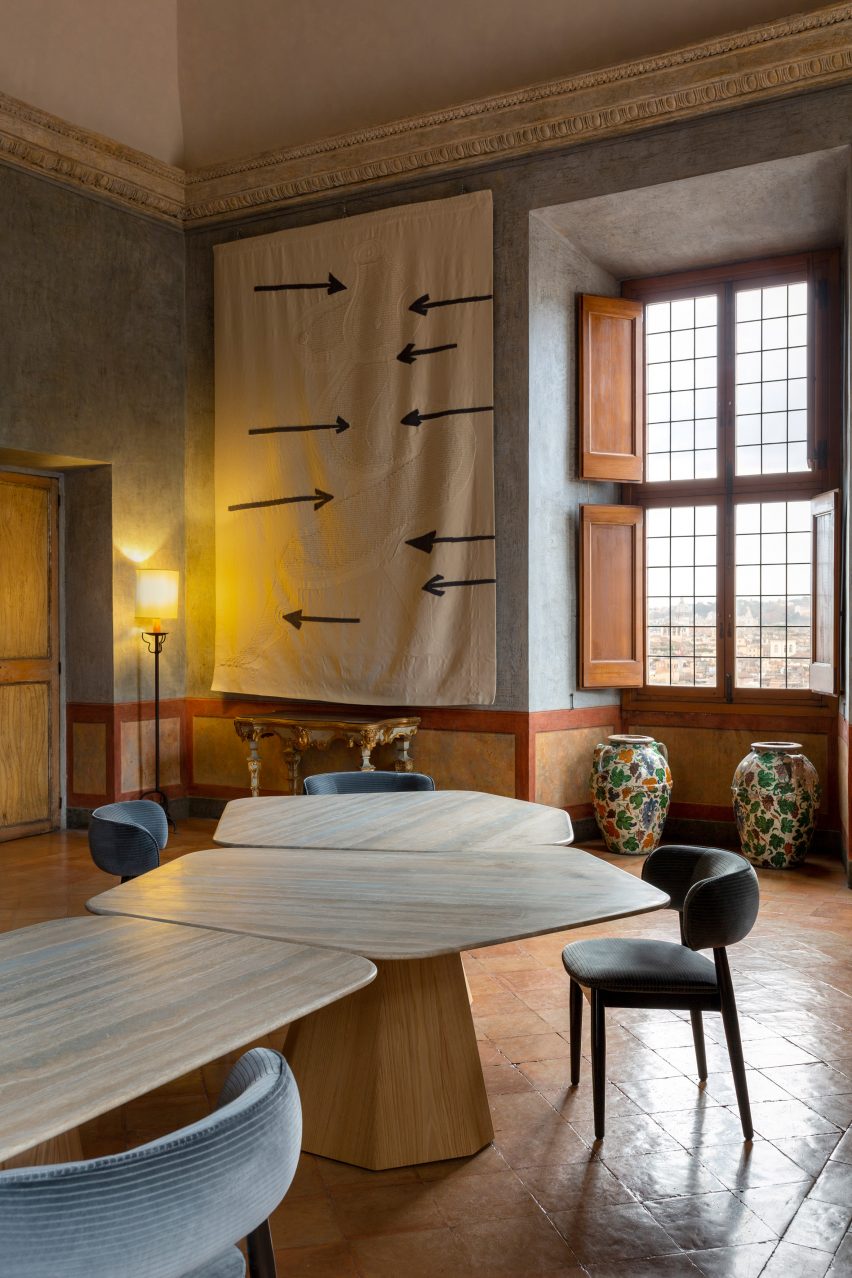
The focal point of the Petit Salon is now a huge modular sofa by Milan-based designer Toan Nguyen, upholstered in a rust-orange fabric that matches the colour of the walls.
Over in the Salon des Pensionnaires is a table by French designer Noé Duchaufour-Lawrance. This is supported by spindly black legs, which resemble the branches of Rome’s ubiquitous umbrella pine trees.
The slightly moodier feel of this room is complemented by grey-blue sofas and armchairs by Italian designer Chiara Andreatti.
Duchaufour-Lawrance was also responsible for crafting the tables found in the villa’s Salon de Lecture and Salon Bleu, shaped to look like the time-worn paving slabs of the Appian Way – one of the oldest roads that lead to Rome.
The Grand Salon houses rows of the sinuous Belleville chair, created by French design pair Ronan and Erwan Bouroullec for Vitra.

Both here and in the other salons, Fendi and Mobilier National introduced tapestries from well-known artists including Louise Bourgeois, Sheila Hicks and Sonia Delaunay.
Acoustic panels by Devialet were tucked behind selected artworks to discreetly enhance the sound quality inside the villa.

Over the past few years, high-end fashion designers have become increasingly involved with interior design projects.
In London, Roksanda Ilincic and Bella Freud applied their respective styles to two separate penthouse apartments, while Jasquemus founder Simon Porte Jacquemus has devised a summery interior scheme for a restaurant in Paris.
The photography is by Silvia Rivoltella.

